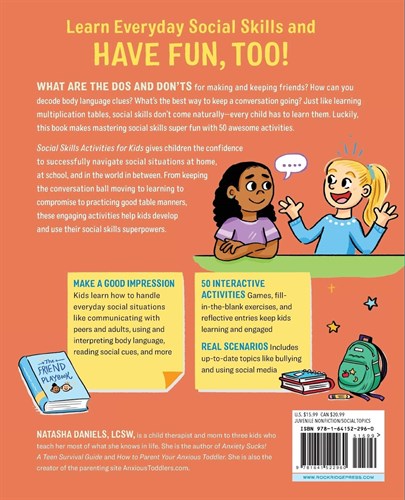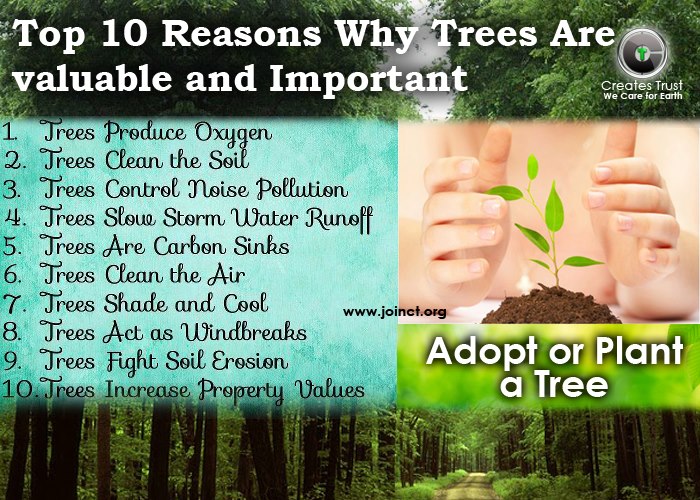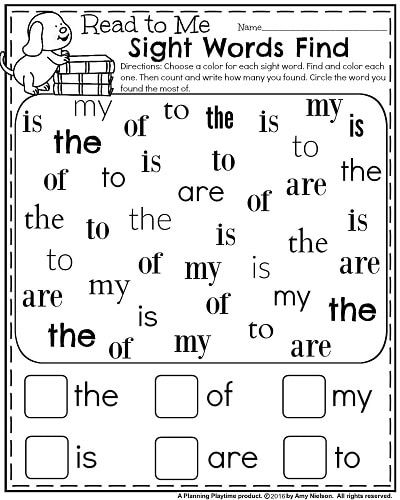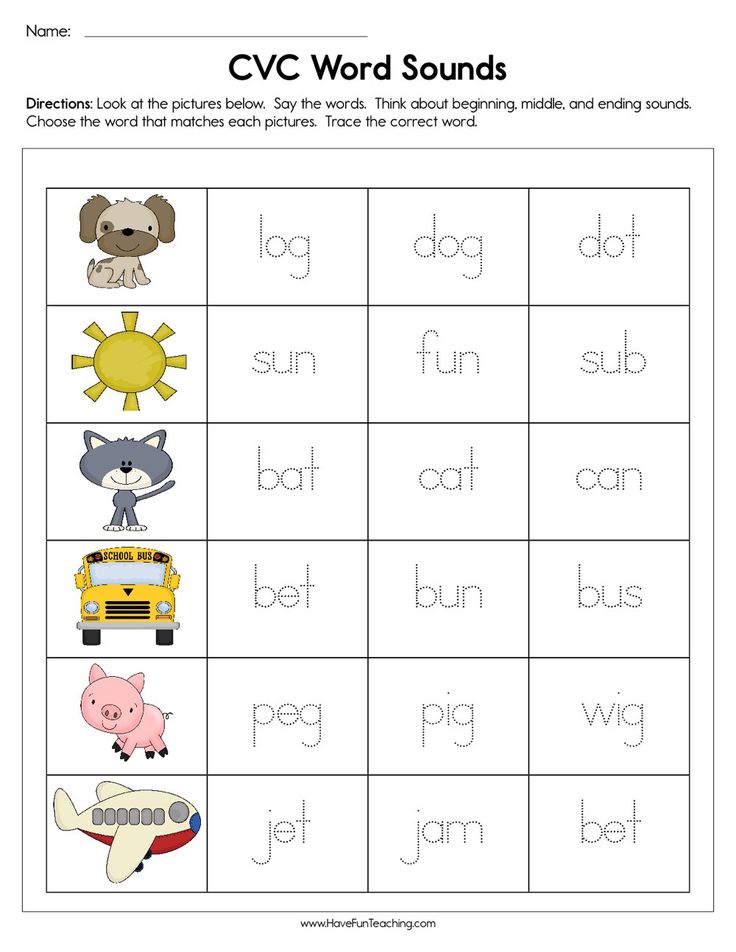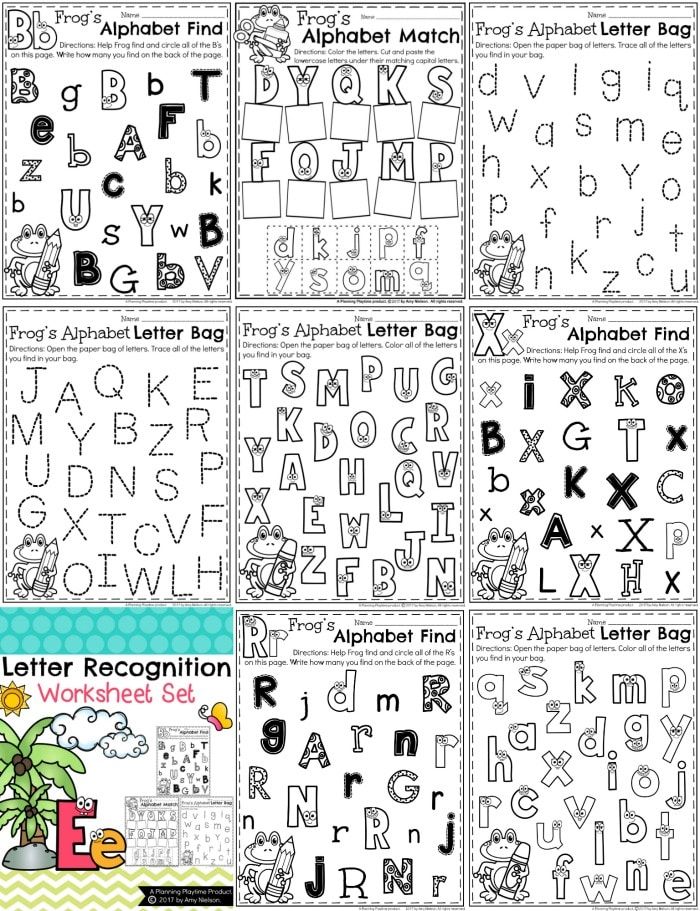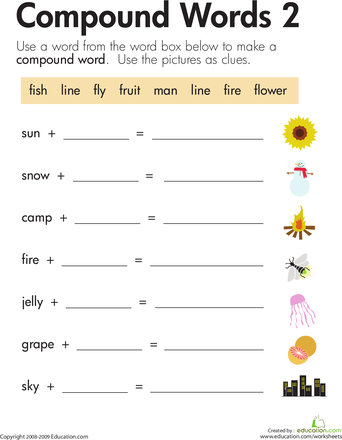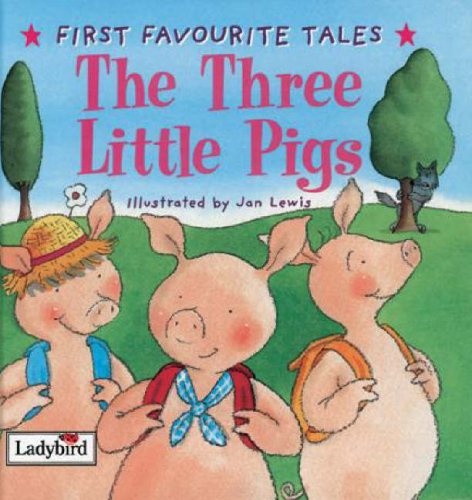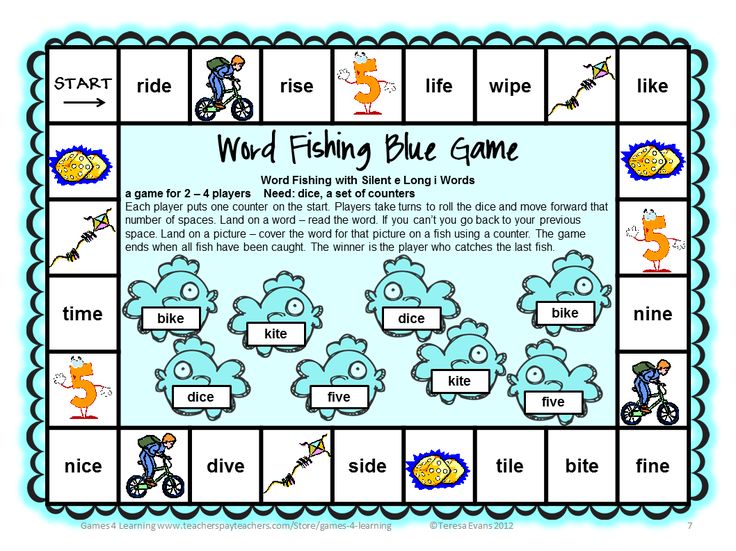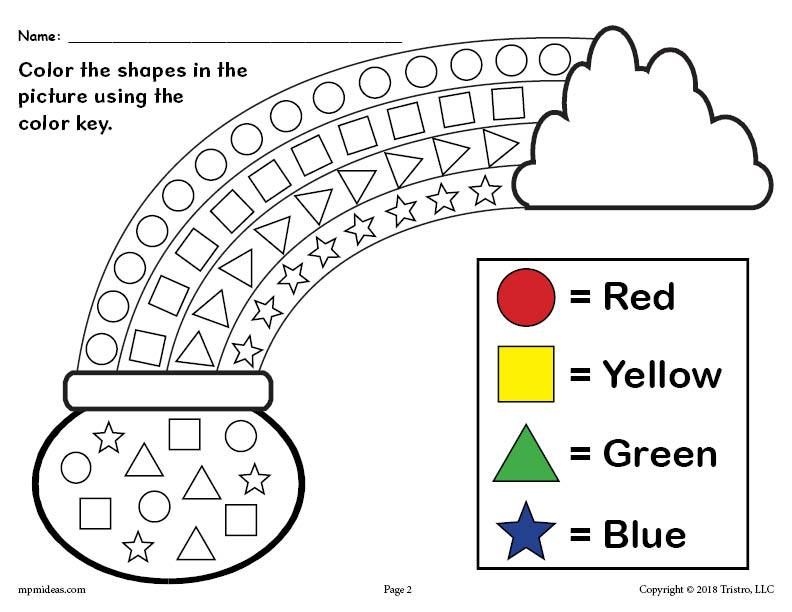Social skill activities
20 Evidence-Based Social Skills Activities and Games for Kids
Oct 14 2020
Positive Action Staff
•
SEL Articles
Activities and games for socialization are a great way for your child to learn how to behave around their peers, no matter if he is a toddler, preschooler or if he just started kindergarten. Games can teach skills like taking turns, managing emotions, and reading body language.
Use these evidence-based social skills activities to help your child build their social behaviors and learn how their actions affect others. With these games, they can become more independent and maintain healthy relationships throughout their lives.
1. Staring Contest
Many children have trouble maintaining eye contact in conversation. A staring contest can help kids make and keep eye contact in a way that allows them to focus on that task, rather than trying to communicate simultaneously.
If your child still feels uncomfortable, you can start smaller. Place a sticker on your forehead for them to look at and then build toward having a conversation.
2. Roll the Ball
It’s never too early to start building social skills, and a game of roll the ball suits children as young as toddlers. Kids take turns rolling a ball back and forth between them, laying the foundation for other social skills.
Kids learn to carry this skill into taking turns in conversation or when doing joint activities. They also learn self-control by aiming the ball toward their friend and rolling it hard enough to reach them yet with limited force.
3. Virtual Playtime
Sometimes, your child can’t have play dates in person, but they can still spend time together over video chat and other online spaces. Video chats help kids make eye contact by looking at their friend on the screen.
Learning to adapt to new situations becomes a valuable trait, whether with social distancing or in their future workplace.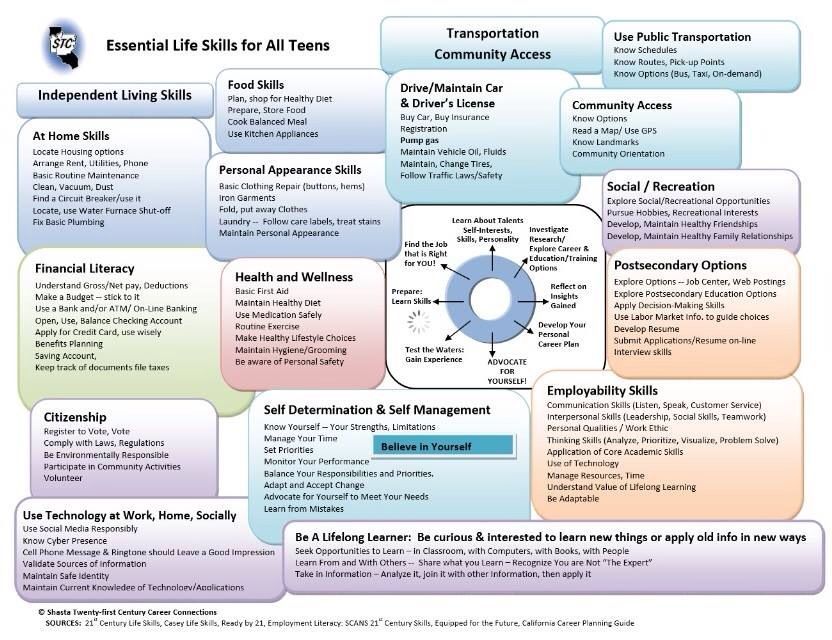 Coming up with new ways to spend time together increases problem-solving abilities, which adds to a set of vital social skills.
Coming up with new ways to spend time together increases problem-solving abilities, which adds to a set of vital social skills.
4. Emotion Charades
Emotion charades involves writing different emotions on strips of paper. Your child picks one out of a hat or bucket. Then, they must try to act out that emotion.
Emotion charades can help children learn to recognize emotions using facial and body cues. You can even adapt social skills activities like this to create a game similar to Pictionary, where children draw the emotion.
By depicting and acting out emotional expressions and reactions in social skills activities, children learn emotion management, which plays an important role in creating positive relationships and communicating feelings.
5. Expression Mimicking Games
When you play this game with your child, you're teaching social skills with expressions. Mimicking your expressions allows your child to understand what certain expressions mean and recognize them when others make them in real conversations.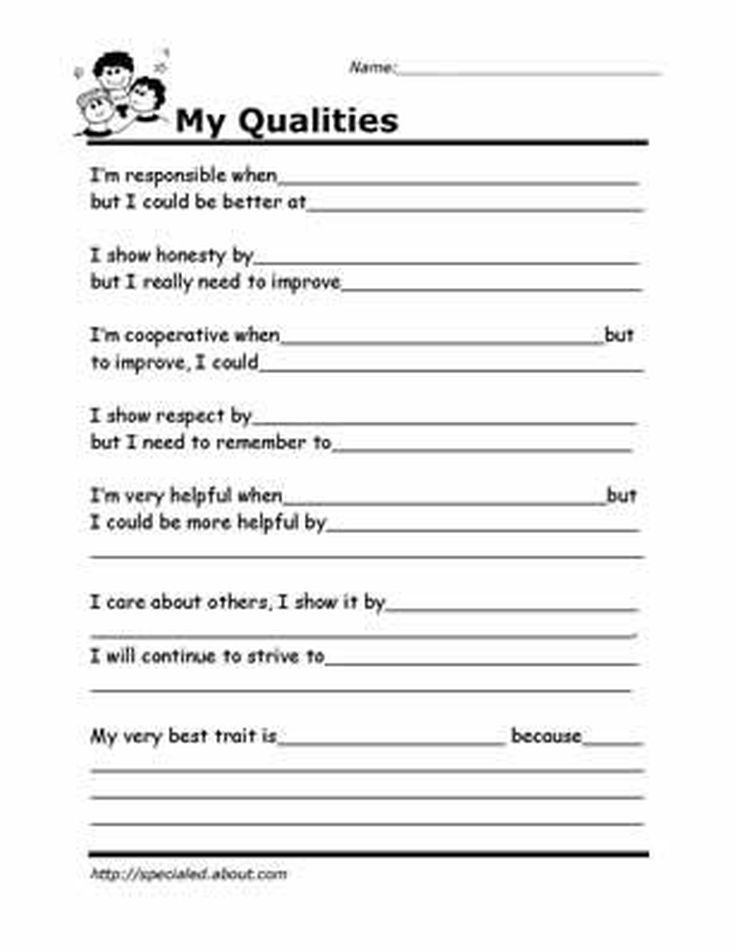
When kids with social challenges learn to read facial expressions, they become more comfortable in situations involving them.
6. Topic Game
You can play several variations of the topic game, but the most common one involves choosing a topic and naming things that fit into that category using each letter of the alphabet. For example, if you choose animals as the topic, you might come up with:
- A: Aardvark
- B: Baboon
- C: Chicken
The topic game teaches kids to stick to one subject and follow directions until they complete the activity. It also helps them make connections and get creative with letters that have fewer options.
7. Step Into Conversation
Step Into Conversation is a card game made for children with autism. The game presents structured social skills activities, like starting a conversation and talking about specific subjects based on cards.
The game helps kids learn how to talk to others appropriately and carry a conversation with perspective and empathy.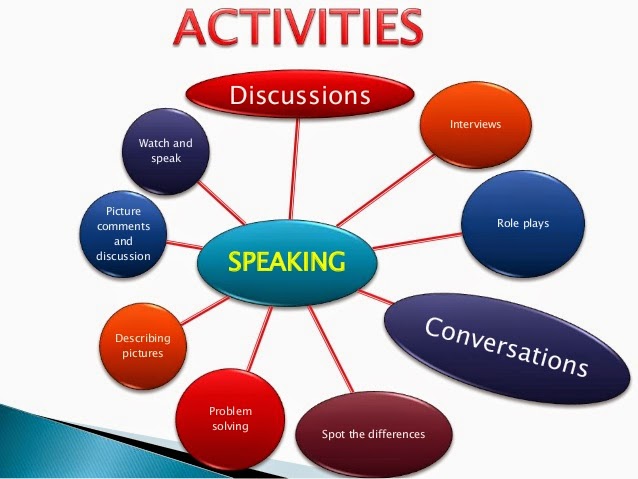 It teaches good manners and self-control by showing them how to politely enter a conversation, when to talk, and when to listen.
It teaches good manners and self-control by showing them how to politely enter a conversation, when to talk, and when to listen.
By using socialization games like this one, you give structure to conversations to develop the social skills necessary to handle different situations in their daily life.
8. Improvisational Stories
Many children tell stories even outside of intentional social skills activities. With improvisational stories, you add another challenge that requires them to collaborate and create a narrative without thinking about it beforehand.
For this activity, place cards with pictures or words face down. The child picks three of these cards, and they must include these objects or topics in the story they tell. The game ends when all the cards are gone, or the kids reach the end of their story.
You can use this activity as a multiplayer game where children take turns adding to the story and building on each other’s ideas, or one child can tell you their own story.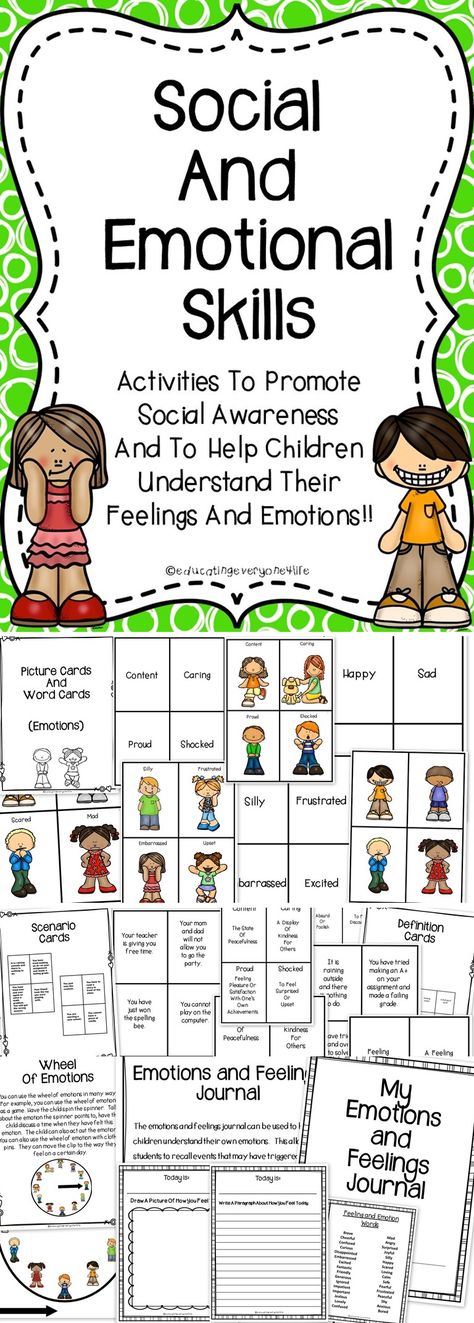
9. Name Game
With this simple game, kids roll or toss a ball to someone after they call out their name. Social skills activities like this one work well for helping even toddlers learn their peers’ names. It shows that they are attentive to others, and it’s a step toward getting to know other people.
10. Simon Says
Simon Says builds social skills for kids' self-control, listening, and impulse control as they copy their peers' movements and follow instructions. It also helps keep the attention on the game and rewards good behavior for those who follow the rules throughout the game.
11. Rhythm Games
You can incorporate rhythm games as a social skills activity both at home and in the classroom. These music-making games let your child be creative while following directions and recognizing patterns.
A 2010 study by Kirschner and Tomasello shows that joint music-making helps social behavior. In a game where children must “wake the frogs” with music, the researchers found that kids who followed the rules by making music were more likely to help others who tried waking the frogs with non-musical means.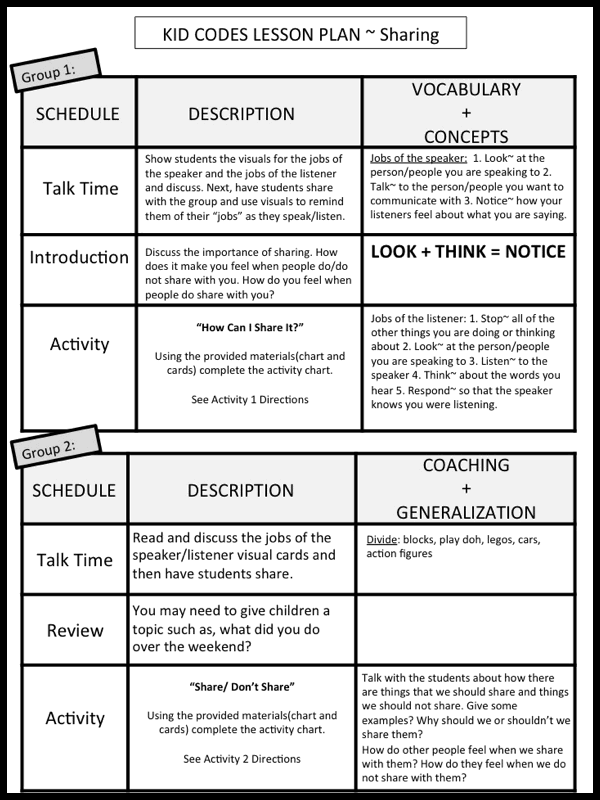
12. Playing with Characters
These social skills activities involve tapping into your child’s natural tendency to play. Using stuffed animals or dolls, you can interact with your child through the toys.
Having conversations through toys teaches kids to recognize behaviors and communicate their feelings. They practice their social skills through the toys in an imaginary, low-risk environment, without worrying about the toys’ hurt feelings.
13. Play Pretend
Kids will typically create a scenario in which they pretend to be someone or something else. For example, they might play house and take on the roles of parents, become a doctor, veterinarian, teacher, or cashier. Each of these situations allows them to explore different social skills activities.
As they pretend to parent another child, for instance, they must learn to recognize and respond to emotions, deescalate situations, and adapt to new situations.
14. Token Stack
You can adapt token stack from board games like checkers to create social skills activities that teach children how to have a considerate conversation.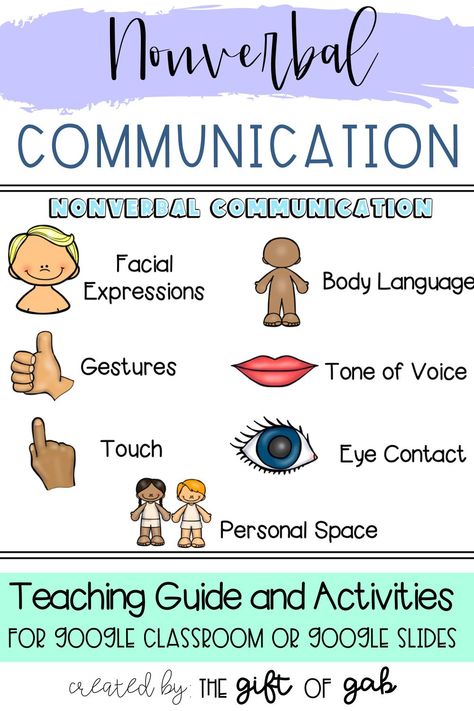 Every time the child speaks and responds appropriately, they add another token to their stack.
Every time the child speaks and responds appropriately, they add another token to their stack.
They face the challenge of trying to stack their tokens as high as possible while taking turns speaking. This activity makes them focus on having a calm conversation and giving thoughtful responses to questions and statements.
15. Decision-Making Games
Social skills activities like decision-making games come in many forms. By using strategy games or activities as simple as sorting and matching, your child learns persistence, thoughtfulness, and cooperation with others.
These games help kids with indecision, as they ask the child to make a choice, even if it’s not right the first time. It demonstrates low-risk consequences and encourages them to try again if they make a mistake.
16. Building Game
When children work together to build something, like a tower using blocks, they must communicate, take turns, and understand each other to bring their creation to life.
Kids will work together to come up with a method to build their item. When they apply it, they learn to try again if the creation falls and celebrate each other’s unique abilities when they finish the project successfully.
17. Community Gardening
Community gardening works differently than other social skills activities in that it teaches children to nurture a living thing.
Gardening with others increases social competence by having your child take care of something and learn responsibility, as they cannot neglect their plants. This activity also gets kids outdoor and can help calm them.
18. Team Sports
Children can participate in team sports through their school, on a recreational team, or even play with friends in their backyard. Team sports show kids how to work together toward a common goal and keep their focus on the game.
They also learn to recognize emotions, like when someone gets hurt or scores a goal, and react appropriately when they win or lose.
19. Productive Debate
A productive debate works well for older kids to learn how to manage emotions and work on positive expression, even in challenging situations. They learn how to have difficult conversations calmly, without turning them into an argument or trying to insult the other person.
People who can debate and listen to their opponent develop more of the skills needed to become leaders in the classroom and workplace.
20. Scavenger Hunts
During scavenger hunts, children work together to find objects or get a prize at the end of the activity. By working toward their goal, they learn teamwork, organization, and positive decision-making. They can choose to split up, move as a group, and collaborate to reach the end of the game.
They also get rewarded for cooperating. These activities help them with creative problem-solving abilities by making up clues for other players to solve.
What’s Next?
Using evidence-based social skills activities and games helps your child build social skills while doing something they enjoy.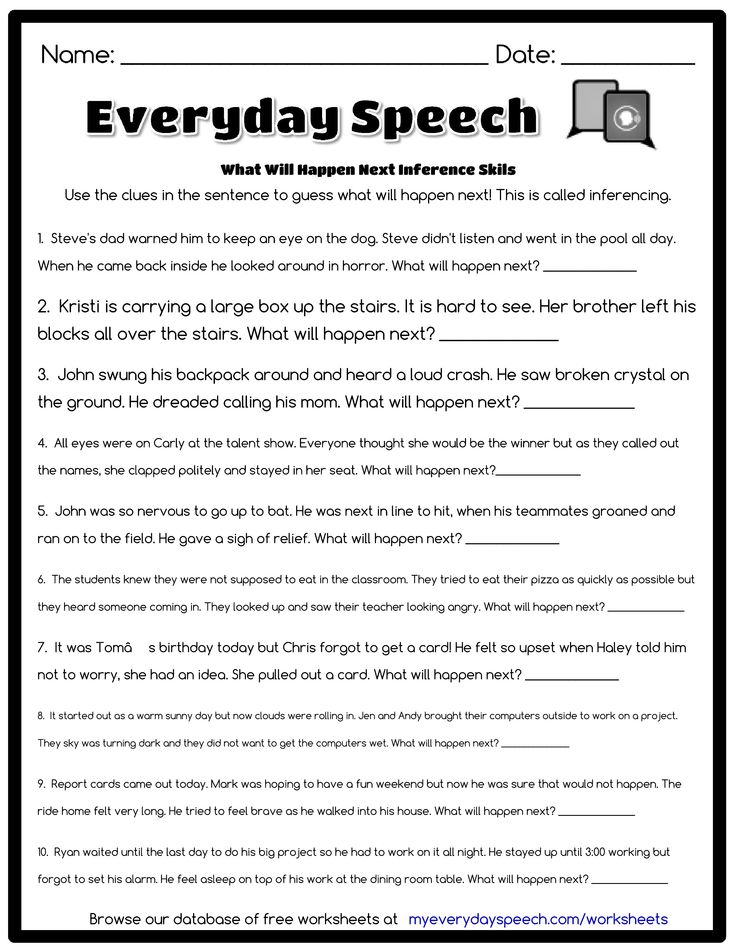 You can adapt any of these activities to something that engages your child and allows them to get creative with their socialization.
You can adapt any of these activities to something that engages your child and allows them to get creative with their socialization.
However, activities and games can only go so far. The Positive Action social skills curriculum is designed to work in tandem with activities like these and more to help your child identify their self-concept and shift this introspection to their social interactions. We feel social skills start within.
Explore our sample lessons for even more ways to encourage your child’s social-emotional learning, or contact us to find out how our program can improve your child’s social skills and have fun doing it today!
31 Social Skills Activities and Games for Kids (Young Children, Teens, Autism & Group Activities)
- Share
- Tweet
Looking for fun social skills activities to boost your kid’s socio-emotional development?
Social skills are an important part of kids’ socio-emotional development.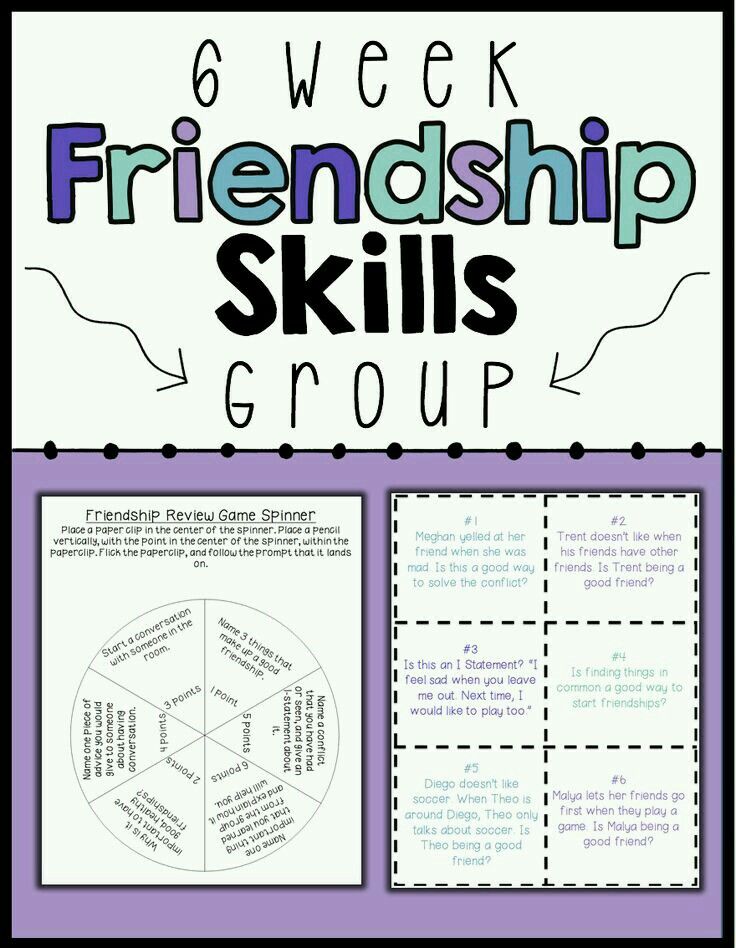 Every day, we use our social skills to communicate and interact in society.
Every day, we use our social skills to communicate and interact in society.
Children learn about norms and acceptable behaviors through their social interaction with parents, teachers and, later in childhood, peers. There are also a number of social skills activities for kids that will help us support this learning process.
(Disclosure: We are a participant in the Amazon Services LLC Associates Program, an affiliate advertising program designed to provide a means for us to earn fees by linking to Amazon.com and affiliated sites. You can also read our Disclosure & Disclaimer policy here)
Social Skills Activities for Kids
The following social activities are great for fun family game nights and for classroom activities. They are also great tools to help you work with kids on their social skills.
I’ve organized them into broad categories, following this social skills checklist.
- Communicating
- Listening
- Recognizing and Expressing Emotions
- Participating / Taking Care of Themselves & Others
- Problem-Solving
For each social skill mentioned above, you will find different activities that may help with the development of interpersonal skills.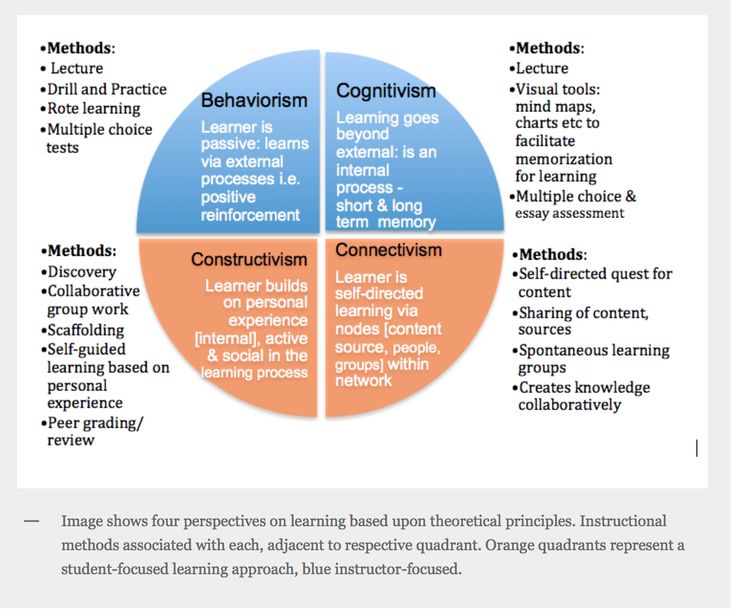
This is the list of social skills games and activities that we will explore below:
- Conversation Role-Playing
- Self-Introduction for Kids
- Would you Rather Questions
- Giving & Receiving Compliments
- Puppet Show
- Assertive Communication Role-Play / Worksheets
- Personal Space Circle
- Recognizing Emotions / Emotions Flashcards Games & Activities
- Emotions & Facial Expressions (Worksheets)
- Continue my Story
- Guess what I’m Describing
- Whole Body Listening Worksheets
- Drama Workshop
- A Feelings Journal
- Expressing Feelings with Emotion Cards
- Conversation Ball
- The Talking Stick
- What Makes a Good Friend (Group Activity)
- Things We Have In Common
- Showing Interest: Questions about Others
- Guess Fake or Real Apology
- Write an Apology Letter
- How Others Feel / Perspective-Taking
- A Week of Kindness
- Conflict Resolution Worksheet
- Social Skills Board Game
- Social Skills Groups
- Social Clubs
- Playdates
- Social Stories
- Hidden Rules with Friends
Communication Skills Activities
VERBAL COMMUNICATION ACTIVITIES
Skill: Starting, maintaining and finishing a conversation
Activity 1: Role-playing conversations
What is role-playing? It is acting out a particular person, character or situation.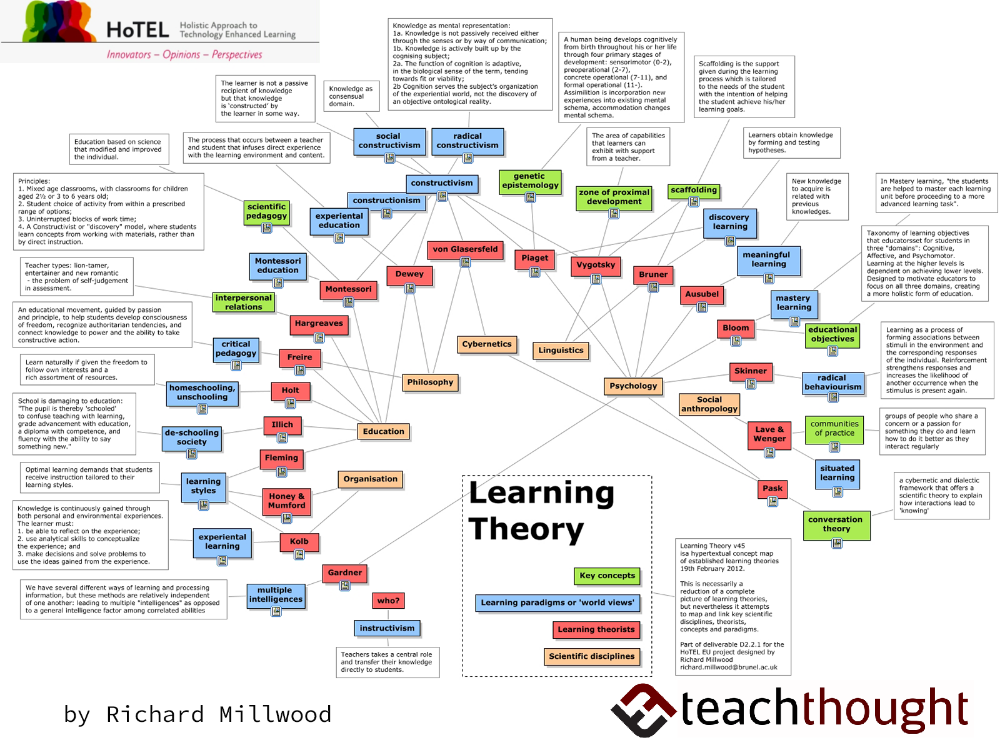 It is a technique used often when training new skills and in psychotherapy.
It is a technique used often when training new skills and in psychotherapy.
It works really well when you are training kids in social skills, as it allows them to practice a new skill in a safe environment before they expose themselves to real-life situations. Consequently, you will see it mentioned in several suggested social skills activities.
In this activity, you will be role-playing with your kids or students different everyday communication situations like:
- starting a conversation with the kid sitting next to you
- wrapping up a conversation so the kid agrees on meeting / playing again.
Just a few examples that you can use:
- Conversation starters
Give them a few lines that they can use at school:
-
- What did you do this weekend?
- What games do you play at home?
- What is your favorite food / game / place?
- Finishing / Wrapping-up a conversation
- Should we play this again sometime?
If you run out of ideas, or would like to make it a bit more fun, you can use these conversation cubes (foam cubes with 36 engaging questions and activity guide)
You can also download our own printable conversation cubes (it includes 5 different topics and a blank template for you to explore any area of interest)
Activity 2: Role-playing self-introductions
Being able to introduce themselves is an essential skill that helps kids feel confident, and provides opportunities to make friends and meet new people.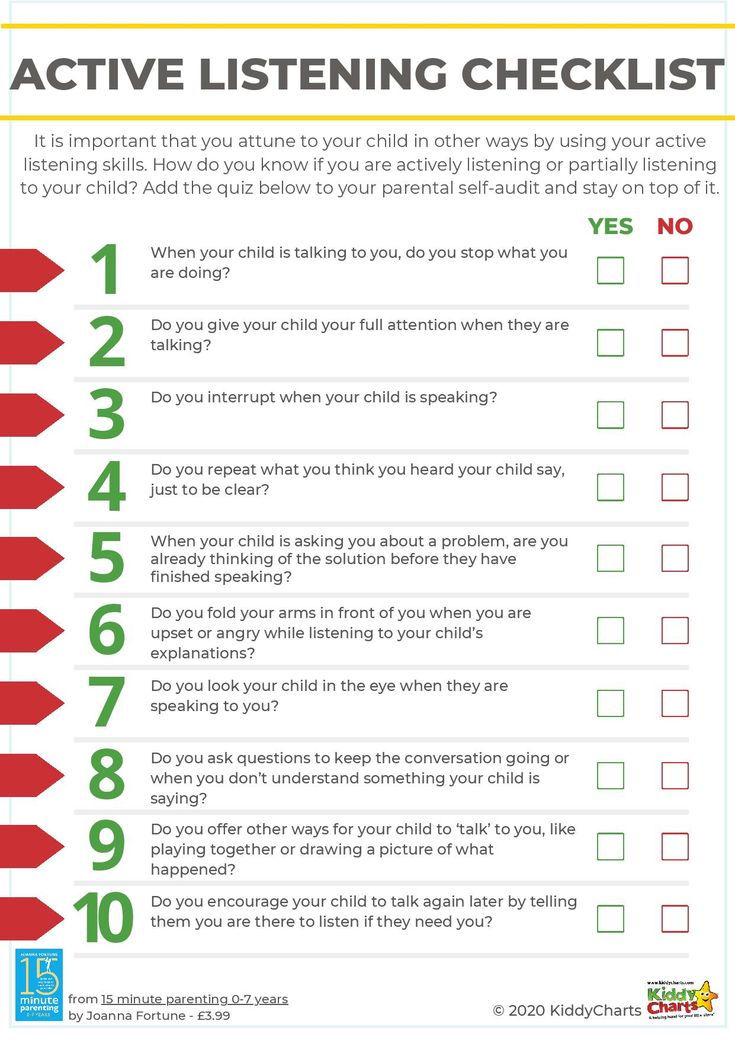
There are many situations when children may need to introduce themselves to a group, most likely their classroom or an activity group.
Activity: Create a list of introductory questions and ask them to introduce themselves
Write a list of things for them to answer about themselves (favorite food, sport, names of their friends, how old they are). They can write down or draw depending on their age / writing ability
Related Reading: Self-Introduction Activities and Worksheets for Kids
Activity 3: Would you rather
“Would you rather” is a fun conversation game that offers a choice between two answers.
This games is so fun that even a quiet child can turn into a chatterbox.
Do you need some ideas? -> Check out our 114 Would you Rather questions for kids
Skill: Giving and receiving compliments
Activity 4: Role-playing giving and receiving compliments
In groups of two, each kid takes a turn saying something nice to the other person (e.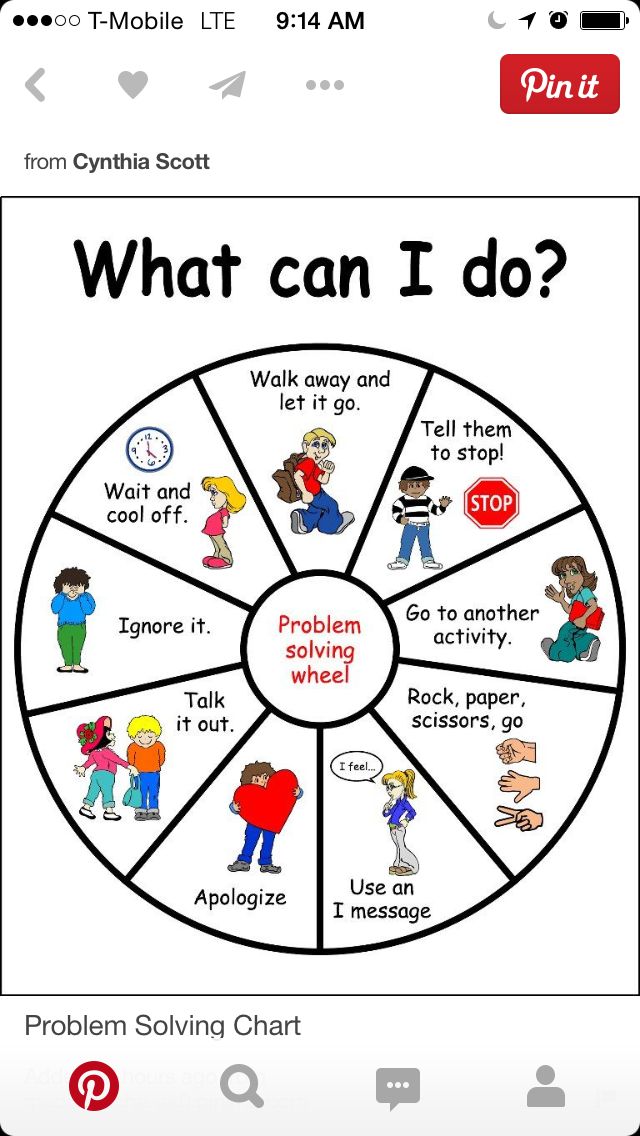 g. I like your t-shirt, You did great today at maths), and the child that receives the compliment responds “Thank you very much”.
g. I like your t-shirt, You did great today at maths), and the child that receives the compliment responds “Thank you very much”.
Activity 5: Puppet show
This is just a variation of a role-playing situation. You may use the puppet show idea for any of the previous social situations that we have mentioned (conversation starters, giving and receiving compliments).
Just as an example. I sometimes use my kid’s favorite soft toys (Puppy Dog Pals) and represent conversations in which Bingo is having problems controlling his emotions and Rolly helps him through some of the calming strategies that we use at home.
Activity 6: Communicating Assertively
Assertiveness is an important communication skill that will improve your child’s social interactions and low self-esteem.
Assertive communication is not just about what we say. Nonverbal communication is just as important: making eye contact, keeping calm while speaking, and using a confident voice tone.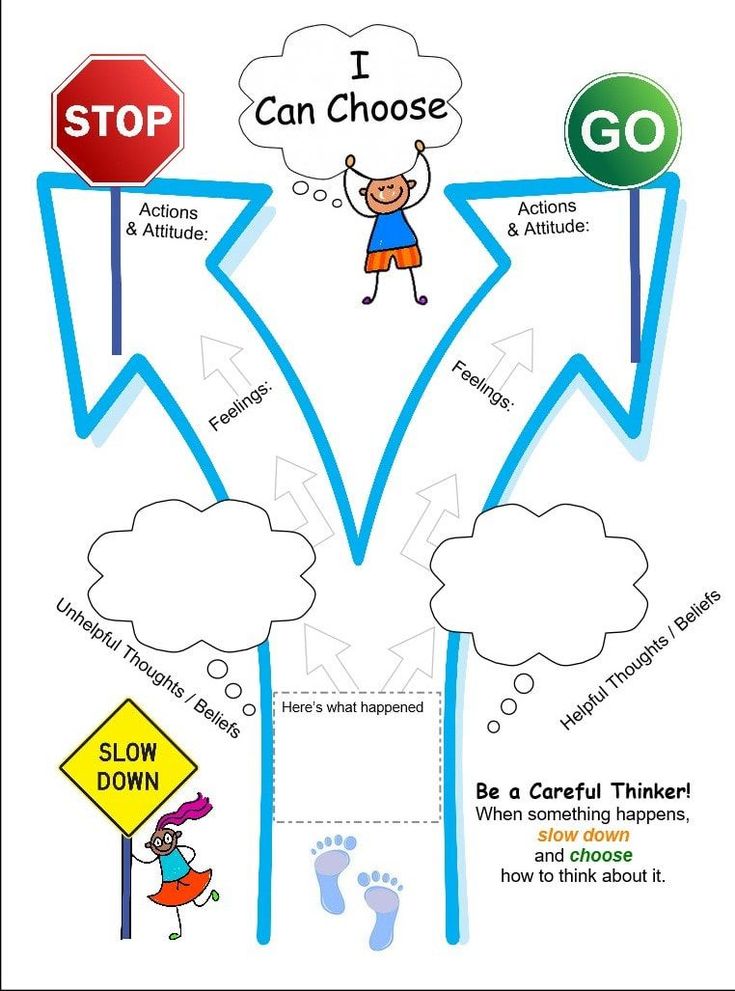
Role-play how to communicate assertively in real-life situations. These assertive communication worksheets include tips and examples of assertive communication.
⇒ More info on assertive communication for kids
⇒ Other assertive communication resources: I-statements examples
➡️ Deal Alert ⬆️ (FREE in Kindle Unlimited when I wrote this post!!):
Social Skills Activities for Kids: 50 Fun Exercises for Making Friends, Talking and Listening, and Understanding Social Rules
➡️➡️Try Kindle Unlimited Free HERE
NON-VERBAL COMMUNICATION SKILLS
Skill: Respecting personal space
Activity 7: The personal space circle
Draw a circle on a big sheet of paper. The inner circle will be the intimate space (1.5 feet radius), surrounded by personal space (4 feet radius) and the area outside is the social space.
Put that paper on the floor. Take turns to role play conversations where kids speak to each other without trespassing in their personal spaces. (You may also use a string to create the circle or a hula hoop)
NON-VERBAL COMMUNICATION & EMOTIONS /FEELINGS
Skill: Learning about facial expressions and body language
Activity 8: Identifying facial expression and body language in Emotion Cards
You can use emotion cards to work on emotion recognition.
This is a set emotions flashcards with of 24 emotion labels and definitions. It also comes with useful suggestions on how to use them.
Activity 9: Emotions & Facial Expressions Workbook
This Emotions & Facial Expressions workbook can be a great activity for younger kids, too (we developed this one ❤️)
Listening Skills Activities
Skill: Listening with complete attention
Activity 10: Continue my story
We love storytelling at home.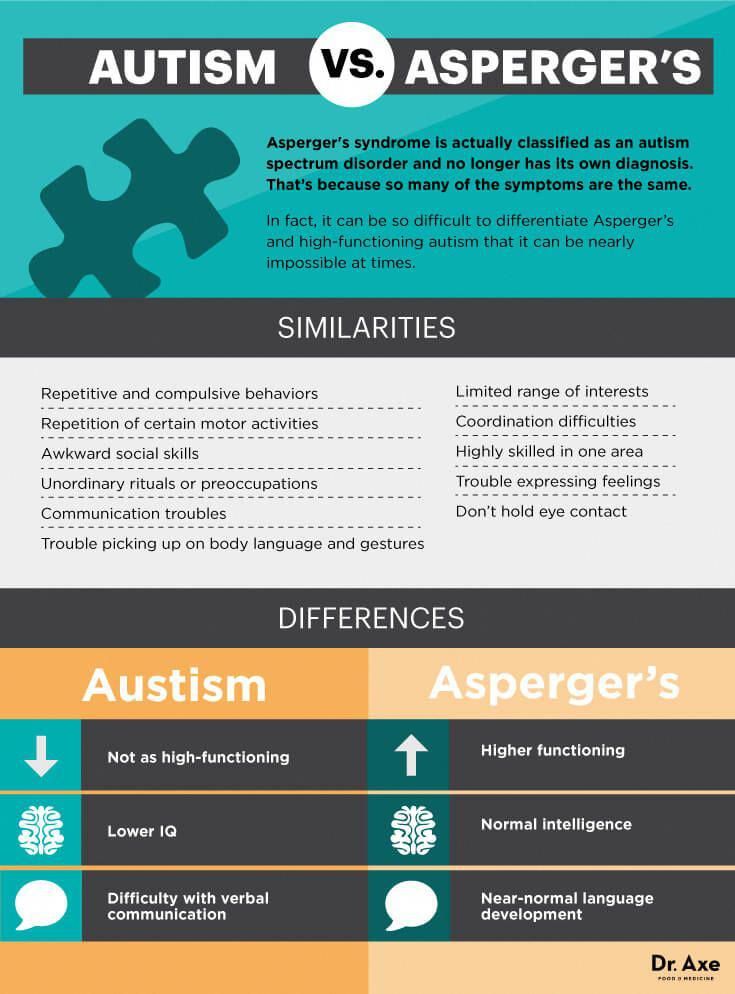 I make up new stories every single day for my child.
I make up new stories every single day for my child.
Stories can also be used for a fun activity that involves listening attentively.
One person in the group starts a story, and at some point of time stops and chooses who will continue the plot. The next person will take the story from there and will pass it to another one in due course.
Everybody needs to listen with full attention because they don’t know when their turn will come up.
Activity 11: Guess what I’m describing
Choose something that you will describe, for example, a lion. Then, share clues, one at a time, till somebody guesses what you are describing
“It is an animal / It has four legs / It lives in the wild / etc.”
Activity 12: Whole Body Listening Worksheets
“Whole Body Listening”, developed by Susanne Marie Poulette, is one of the most popular tools to teach younger kids active listening.
You can download this social development tool from this post: Listening Games and Activities for Kids (18 ideas!)
Expressing and Recognizing Emotions / Feelings
Skill: Expressing and recognizing feelings
Activity 13: Drama workshop.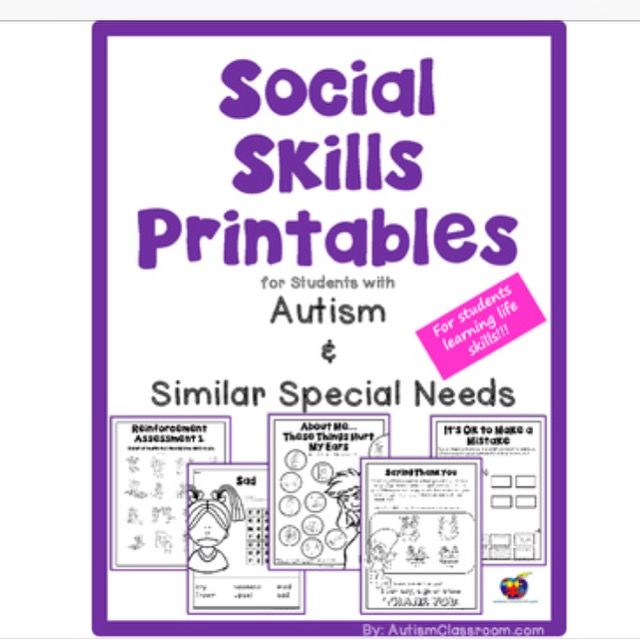
Write down different emotions on slips of paper and put them in a bag. Taking turns each of you will take a slip of paper and role-play the emotion written on it.
The person role-playing practices the skill of expressing feelings
The people guessing are practicing emotion recognition.
Activity 14: Keeping a feelings journal
Some kids may find expressing their feelings a bit difficult. A good way to get comfortable reflecting about feeling could be writing a feelings journal. This one is a great one for girls. And this one could be a nice guided journal for teens, with prompts and fun design.
Skill: Expressing feelings
Activity 15: Emotion cards and real-life situations
With a set of cards portraying different situations, take turns to explain how would do you feel when you are in that specific situation.
These ones here are great.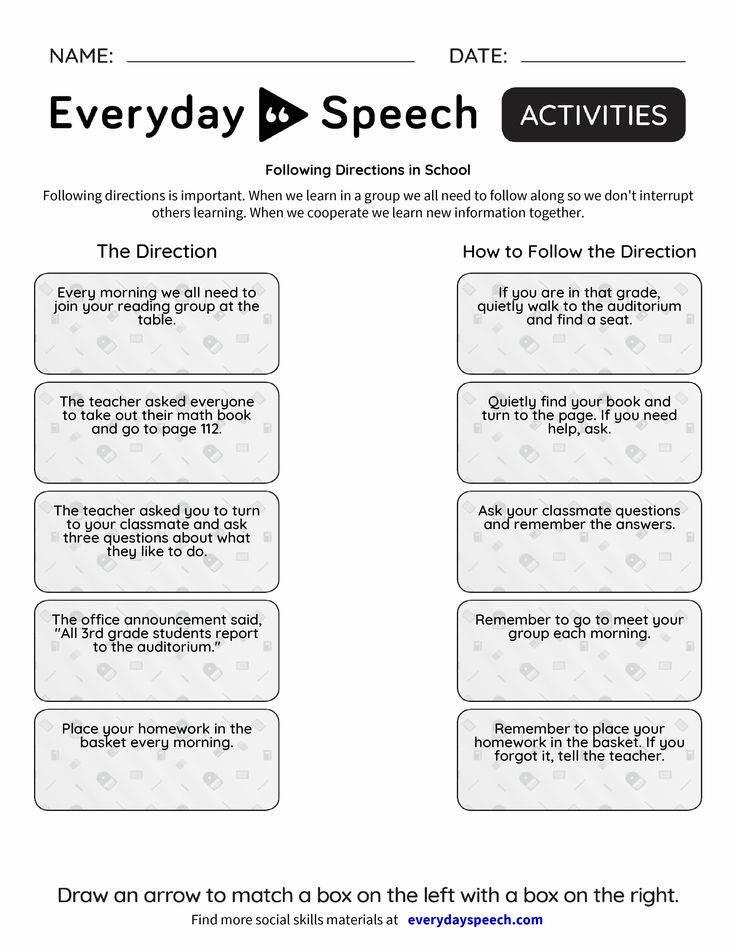
The set includes 80 cards. Half of them are faces on white background (different ages, genders, and ethnicities) showing five different emotions (happy, sad, angry, disgusted and scared). The other 40 cards are real-life emotion-provoking situations. It also includes an activities booklet that provides instructions and ideas on how to build emotional awareness and social skills.
Tip: This option is a good idea if you want to work on different facial expressions on real people (the ones I mentioned in activity 7 are illustrations)
Participating (Social Skills Activity)
Taking turns
The beauty of this skill is that it can be practiced with any game you have at home. But just to give you another idea:
Activity 16: Answer the question when you get the ball
Conversation balls are great tools to help kids know about each other.
These balls have printed conversations prompts. There are several ways to play with them.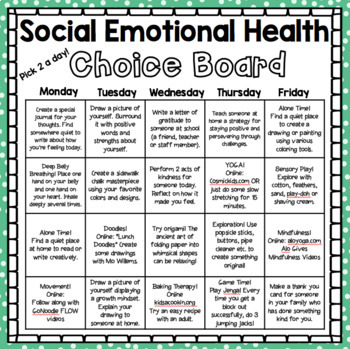 You usually toss the ball and check under your thumb the question you need to answer.
You usually toss the ball and check under your thumb the question you need to answer.
You can also choose one of the questions and toss the ball around so that the kids wait for their turn to answer that question.
Conversation balls encourage the use of interpersonal skills (taking turns, eye contact, listening, responding).
Activity 17: The Talking Stick
The turn-taking stick (or talking stick) is literally just a little stick decorated in a cute way. Only the student holding the stick is able to talk. After they have spoken they can pass the stick to another student
Related Reading: 25 Fun Turn-Taking Activities for Kids
Caring / Speaking Up for Themselves
Skill: Making friends
Group Activity 18: Brainstorming what makes a good friend
Some ideas to mention: kind, helpful, talk nicely to people, don’t exclude others, don’t say ugly things about others.
Activity 19: Things We Have In Common
This friendship activity is a great activity for breaking down barriers.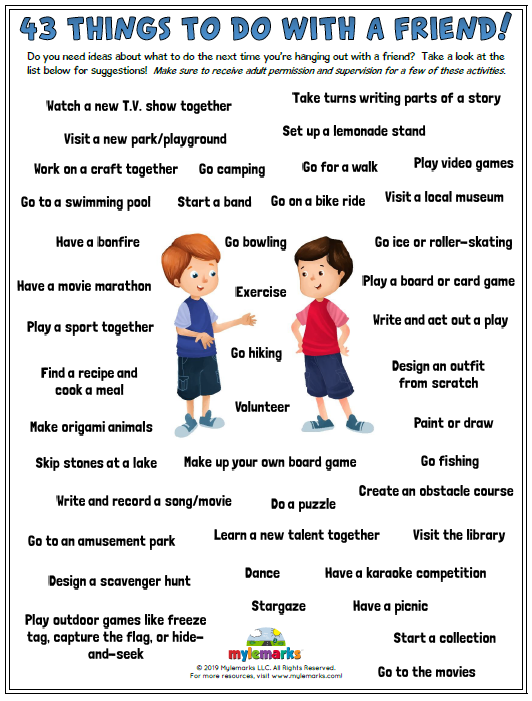
Kids are organized in small groups, ideally with a mix of kids that they aren’t already all friends. The group has to find a certain number of things that they all have in common.
Kids not only learn a lot about each other but become aware of how many things they may have in common with kids from different social groups.
Skill: Showing interest in others
Activity 20: Ask questions about the other person.
Organize the kids in pairs, and ask them to take turns asking questions about each other.
If the kids run out of ideas you can use conversation cards like these ones (120 questions divided into three kids’ theme topics)
Skill: Learning to Say I’m Sorry
Group Activity 21: Guess Fake or Real Apology
Play a guessing game where they need to figure out if an apology is real or fake.
Present different scenarios where an apology is necessary.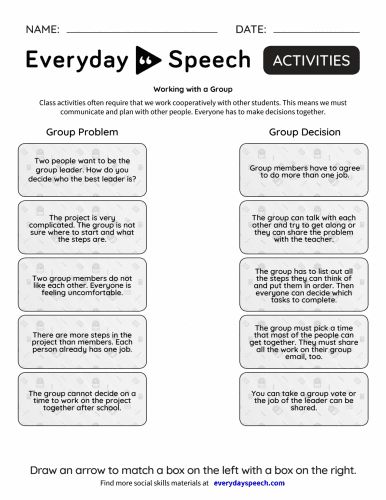 Have the kids come up with various real and fake apologies.
Have the kids come up with various real and fake apologies.
Then, go in a circle and have them read their apologies for lots of laughs. Each time a kid reads an apology, the others need to guess if it was real or not, and what gave them the clues.
Activity 22: Write an Apology Letter
An apology letter allows your kid to put their feelings in writing and reflect on their actions and how they affect others.
Related Reading: Teaching Kids to Apologize (worksheets included)
Skill: Teach Empathy
Activity 23: Help kids take other people’s perspectives.
Perspective-taking activities may be quite enlightening and help them reflect on how others feel about a situation.
Select a set of situations your kids or students may encounter:
- Joe makes a joke about how Tim’s hair looks. What is Tim thinking? How is Tim feeling?
- Anna invites Emma and Lilly for a playdate but leaves out Kathy.
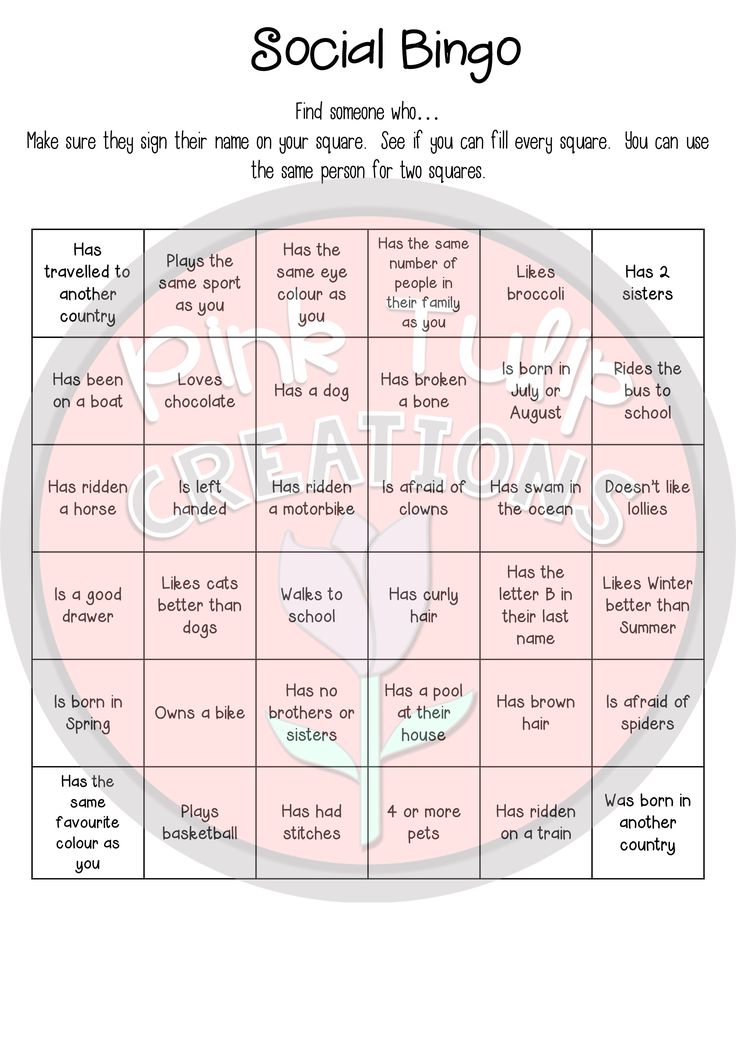 Why do you think Anna left Kathy out. How did Kathy feel?
Why do you think Anna left Kathy out. How did Kathy feel?
Activity 24: A Week of Kindness
Create a kindness challenge. Choose a kindness activity to complete each day of the week.
Related Reading: 23 Fun Empathy Activities for Kids
Problem Solving Activities
Skill: Problem Solving in Social / Group Context
Activity 25: Conflict Resolution Worksheet (Conflict-Handling Modes)
This conflict resolution worksheet will enable work on the different conflict-handling modes:
- collaborating
- competing
- compromising
- avoiding
- accommodating.
Identify a conflict scenario, and ask your students to write examples for each conflict resolution strategy.
You can download this worksheet from the following article:
- 20 Fun Conflict Resolution Activities for Kids
Activity 26: Social Skills Board Games
Board games are a fun way to learn important social skills in a safe space with a small group of peers or with family members.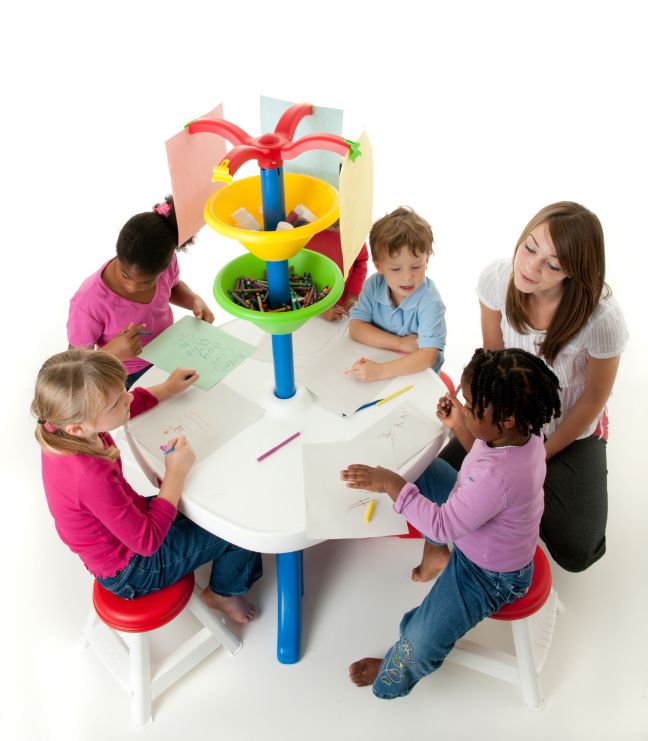
So, let’s add an example of a social skills board game to our list:
- Social Skills Group Activities (6 Board Games)
The games target: morals, good manners, empathy, friendship, and emotional skills (showing emotions and managing emotions)
Related Reading: Social Skills Games for Kids
Social Skills Activities for Kids with Autism
One of the diagnostic criteria in Autism Spectrum Disorder is persistent deficits in social communication and social interaction across multiple contexts:
- Deficits in social-emotional reciprocity
- Deficits in nonverbal communicative behaviors used for social interaction
- Deficits in developing, maintaining, and understanding relationships
Kids with special needs or autism struggle to understand social cues.
As a social skills deficit really comes with the diagnosis, helping our kids with autism develop social skills is an important part of our work as parents, educators and health professionals.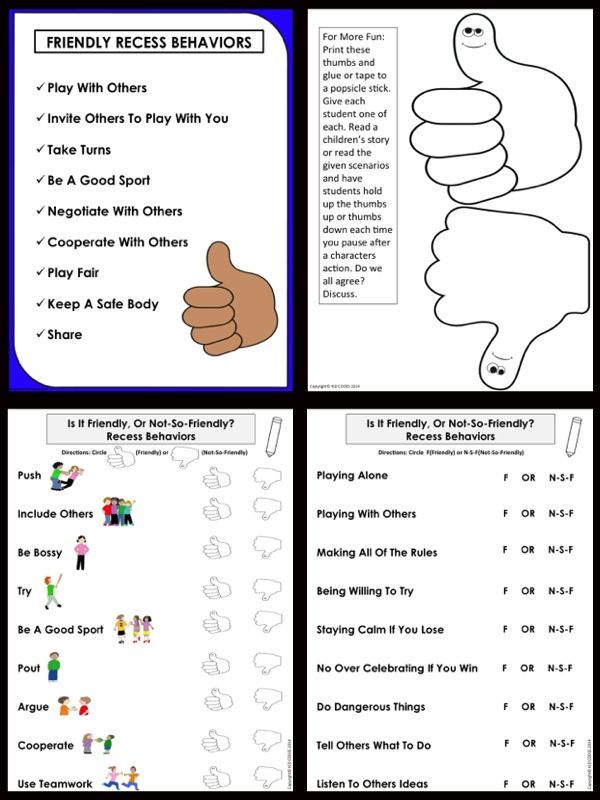
Apart from the activities that you have already gone through, you may also consider helping your kid with the following activities:
Activity 27: Joining a Social Skills Group run by professional therapists
Check out if this type of activity is available in your community. We were really happy to discover that this was an actual possibility for us.
Activity 28: Joining a Social Club for Kids with Autism
Activity 29: Organize Play Dates at Home (guided play if your kid needs help in social interactions)
Activity 30: Social stories
Social stories, social scripts, or social narratives are short descriptions of a situation or event that also indicate the expected social behavior.
These stories assist kids who struggle with reading social cues (body language, voice tone, facial expression) or with understanding commonly accepted social rules.
Any social situation can be transformed into a social narrative.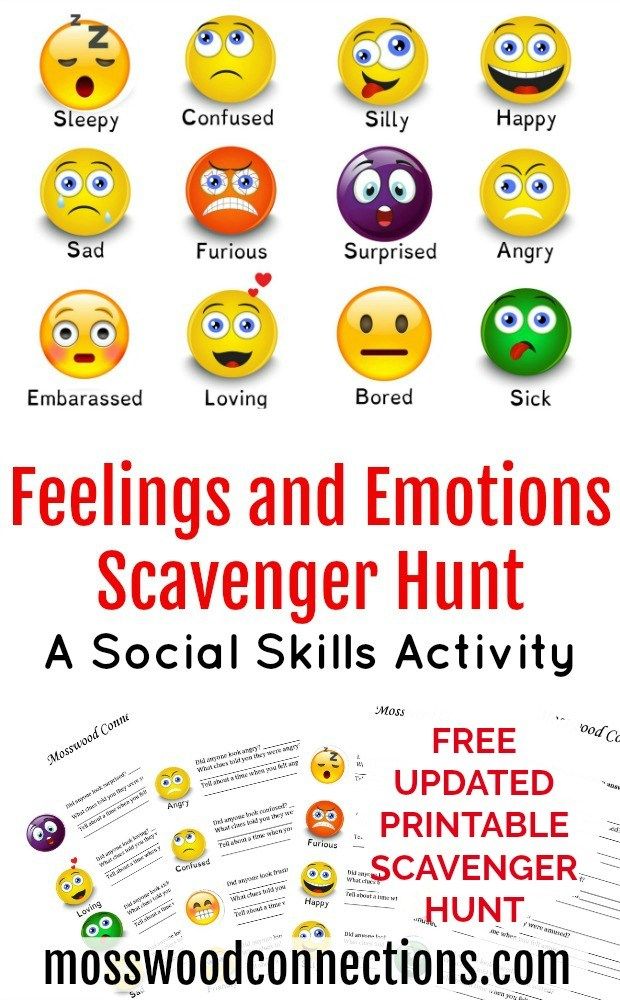
An example of a social story (the stories often include visuals to help understand / reinforce the message) :
Paying at the supermarket checkout
- First, I put all the items in my list in my supermarket trolley. Then I go to the check-out.
- I place my items on the counter and the cashier scans them and puts them in my grocery bags.
- The cashier tells my how much I need to pay and I use my credit card to pay for my shopping
Activity 31 : Hidden Rules with Friends
We have used this card game with my son, but we don’t play it following the game’s suggested rules. My son loves us to explore and untangle whatever social problem the card presents:
- What do you do if a friend invites you over for lunch and you don’t like the veggies?
- What happens if you burp in public?
Tip: some people find the designs in these cards too simple. It has many blank cards to fill with other social situations that I don’t use.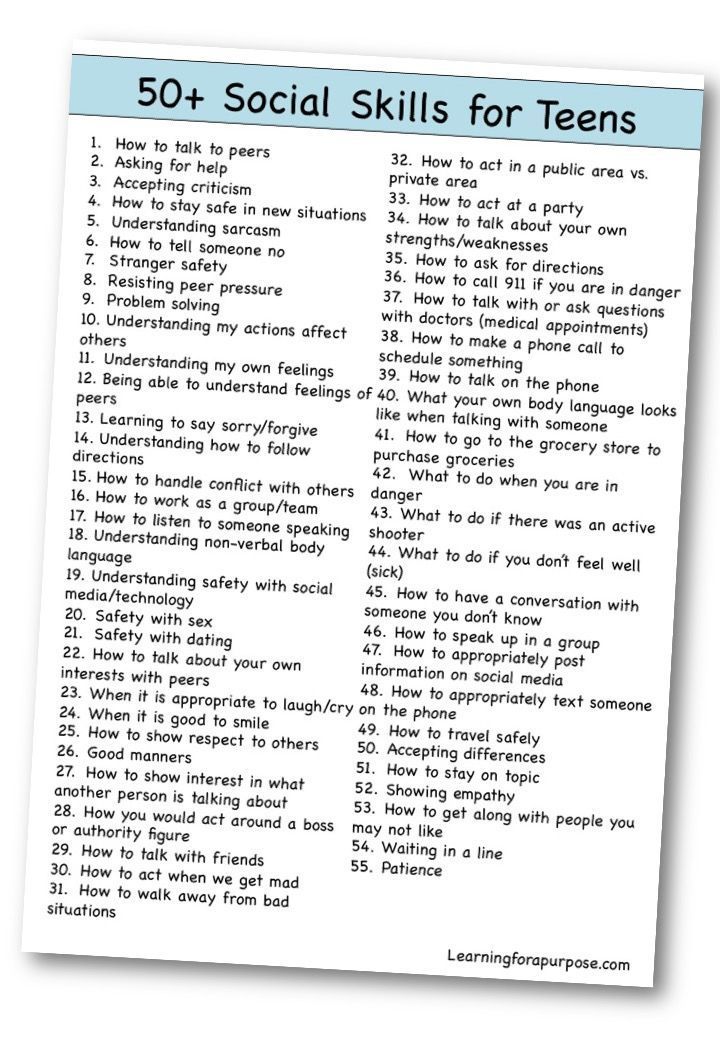 For us, they work as flashcards to explore social challenges in everyday situations.
For us, they work as flashcards to explore social challenges in everyday situations.
If you are looking for lots of activities ideas, make sure you check this book below:
➡️ Recommended reading (FREE in Kindle Unlimited when I wrote this post!!):
Social Skills Handbook for Autism ( 50 fun and simple games and activities help the child on the spectrum with social skills like making friends, being part of a group, interacting with peers, expressing feelings or dealing with bullies)
➡️➡️Try Kindle Unlimited Free HERE
Social Skills Activities Ideas in Books
These books come with lots of ideas and activities to practice social skills at home, at school or in therapy setting:
- The Shoulds and Should Nots: Photo Cards to Help Children Develop Social & Communication Skills
A picture book with 64 scenarios that build social-emotional learning, critical thinking, mindfulness, self-confidence, empathy, executive function, and critical consciousness.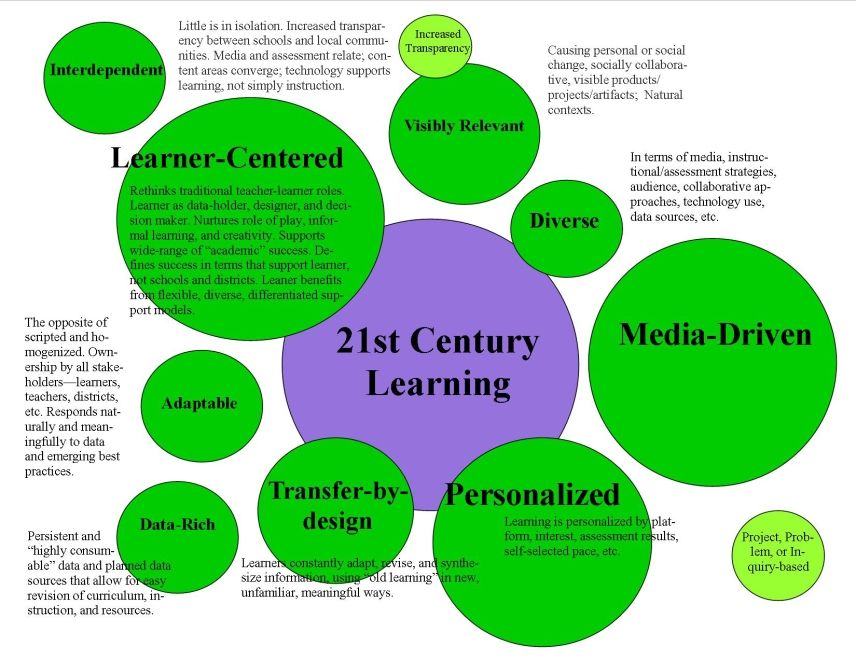
- 50 Fun Exercises for Making Friends, Talking and Listening, and Understanding Social Rules
➡️Deal Alert ⬆️ (FREE in Kindle Unlimited when I wrote this post!!):
Social Skills Activities for Kids: 50 Fun Exercises for Making Friends, Talking and Listening, and Understanding Social Rules
➡️➡️Try Kindle Unlimited Free HERE
- Over 75 Fun Games & Activities for Building Better Relationships, Problem Solving & Improving Communication
Other Social Skills Resources for Kids
- A comprehensive list of Social Skills for Kids ( FREE poster included in that post).
- Fun Social Skills Games for Kids
- Empathy Activities for Kids
- Conversation Starters
- Roll the Question Dice Activity
- Self-Introduction Worksheets for Kids
- Conflict Resolution Activities for Kids
Other Coping Skills Activities in this Blog
- Anger management activities for kids
- Self-esteem activities for teens & kids
- Anxiety tips and activities
31 Social Skills Activities for Kids (Young Children, Teens & Kids with Autism)
Social skills of preschoolers - the development of social skills in children
The development of social skills is a necessary point of education.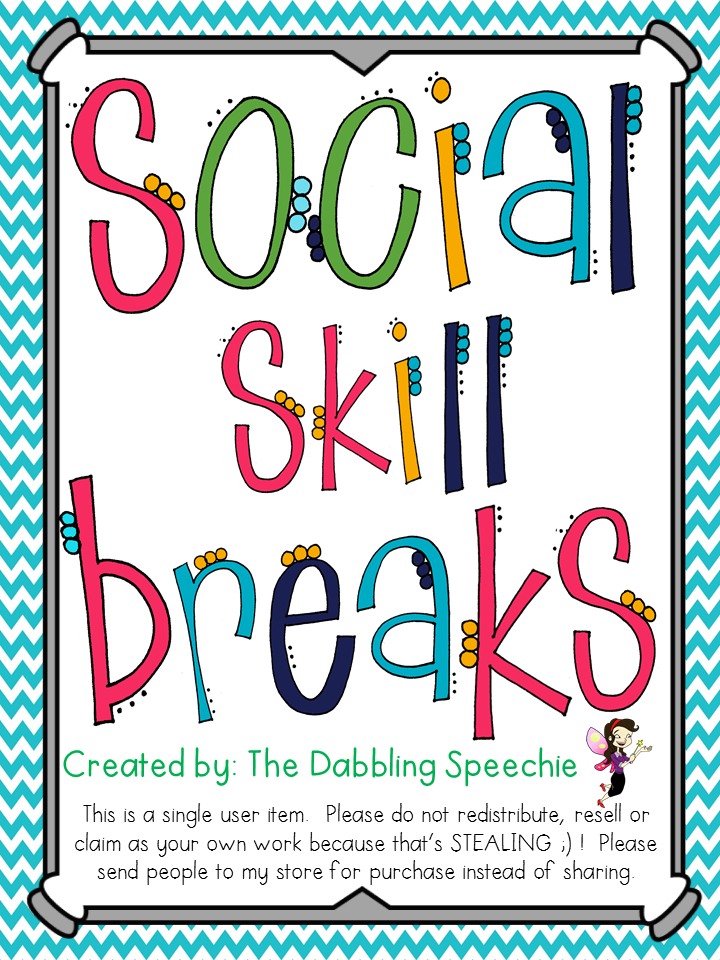 A child with a high degree of socialization will quickly get used to kindergarten, school, any new team; in the future will easily find a job. Social skills have a positive effect on interpersonal relationships - friendship, the ability to cooperate.
A child with a high degree of socialization will quickly get used to kindergarten, school, any new team; in the future will easily find a job. Social skills have a positive effect on interpersonal relationships - friendship, the ability to cooperate.
Let's figure out what social skills are.
What are social skills and why develop them?
Social skills - a group of skills, abilities that are formed during the interaction of a person with society and affect the quality of communication with people.
Man is a social being: all our talents and aspirations are realized thanks to other members of the group. Others evaluate our actions, approve or condemn our behavior. It is difficult to reach the pinnacle of self-actualization alone.
That is why social skills are important. They should be developed from early childhood and honed throughout life.
Social skills are a reflection of the child's emotional intelligence, to which educators and teachers assign an important role in the process of personality development.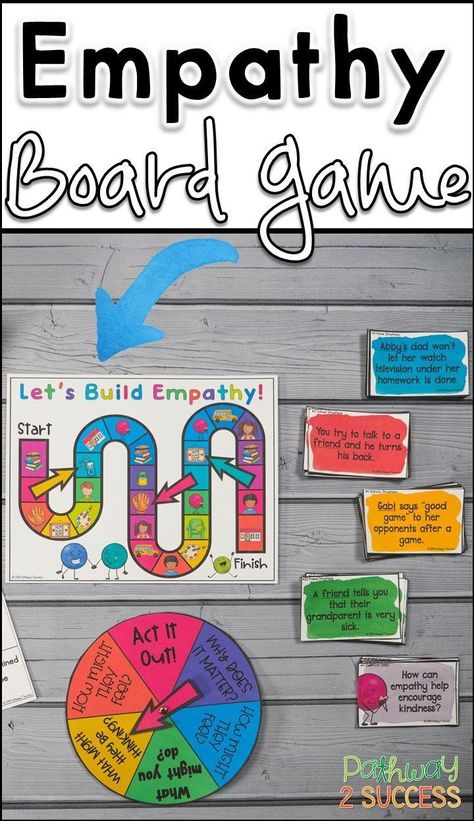 Without this group of skills, a smart child will not be able to apply the acquired knowledge in practice: it is not enough to create something outstanding, you need to be able to correctly convey thoughts to the public.
Without this group of skills, a smart child will not be able to apply the acquired knowledge in practice: it is not enough to create something outstanding, you need to be able to correctly convey thoughts to the public.
Sometimes people mistakenly believe that social skills relate exclusively to the topic of communication, communication. In fact, skills include many multidirectional aspects: an adequate perception of one's own individuality, the ability to empathize, work in a team, etc.
Why do we need social skills?
- Regulate the area of interpersonal relationships: the child easily makes new friends, finds like-minded people.
- Minimize psychological stress: children with developed social skills quickly adapt, do not feel sad due to changes in external circumstances.
- They form an adequate self-esteem from childhood, which positively affects life achievements and development in adulthood.
- Social skills cannot be separated from building a successful career: the best specialists must not only understand the profession, but also have high emotional intelligence.
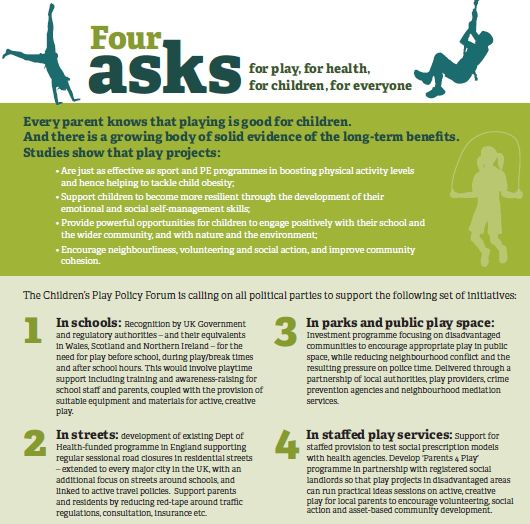
Development of social skills in a child
Social skills need to be developed from preschool age, but older children and even teenagers may well learn to interact with the world.
It is recommended to pay attention to areas of life that bring discomfort to the child, significantly complicate everyday life.
- Friends, interesting interlocutors: the kid does not know how to join the team, he prefers to sit in the corner while the others play.
- Verbal difficulties. The child does not understand the rules of conversation, is poorly versed in the formulas of etiquette (when you need to say hello, say goodbye, offer help).
- Problems with the non-verbal side of communication. Such a baby does not recognize the shades of emotions, it is difficult to understand how others relate to him. Cannot "read" faces and gestures.
- Does not know the measure in expressing a point of view: too passive or, conversely, aggressive.
- The child bullies classmates (participates in bullying) or is a victim.
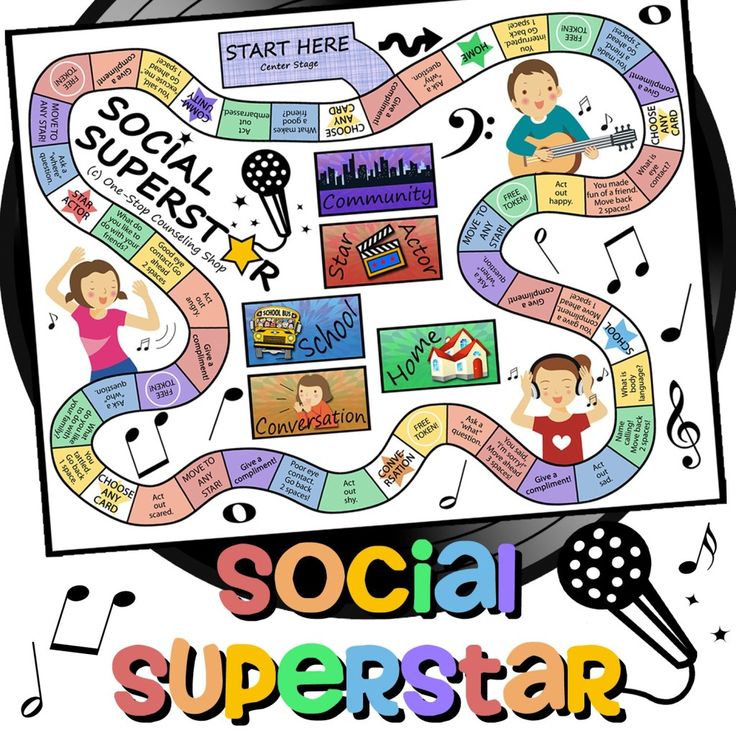
In case of severe moral trauma, one should consult a psychologist: for example, school bullying is a complex problem that children are not able to cope with on their own. The involvement of parents and teachers is required.
In other cases, family members may well be able to help the child develop social skills.
What are the general recommendations?
1. Be patient
Don't push your child to get the job done. Let them take the initiative: for example, do not rush to help during school gatherings, let the baby work on the problem on his own. The same goes for lessons and other activities.
2. Support undertakings
Children's dreams seem trifling to adults, but the initiative turns into a habit over the years and helps to discover new projects, meet people, and experiment.
3. Criticize the right way
When making negative comments, remember the golden rule of criticism: analyze the work, highlighting both positive and negative aspects in a polite way.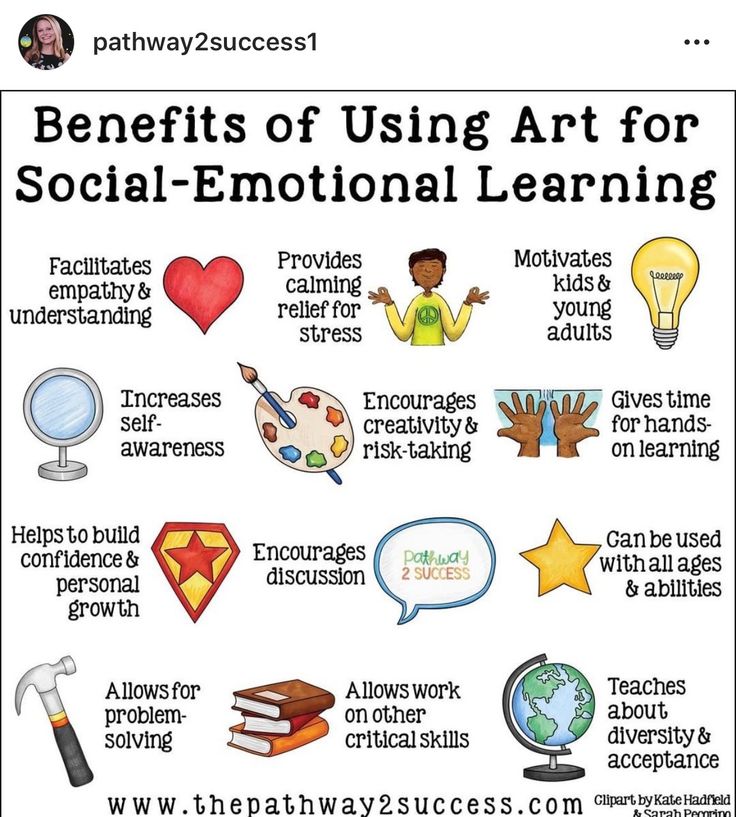 Commenting on the specific actions of the child, and not his personality or appearance - this will lead to problems with self-esteem.
Commenting on the specific actions of the child, and not his personality or appearance - this will lead to problems with self-esteem.
4. The right to choose
It is important for children to feel that their voice is taken into account and influences the course of events. Invite your child to personally choose clothes, books, cartoons. Ask about ideas, plans: “We are going to have a rest together at the weekend. What are your suggestions?
5. Personal space
Make sure that the baby has a place where he can be alone and take a break from talking. Personal things should not be touched: rearrange without prior discussion, read correspondence with friends, check pockets, etc.
Children, noticing the respectful attitude of adults, quickly begin to pay in the same coin; the atmosphere in the family becomes warm and trusting.
What social skills should be developed in a child?
Let's dwell on the main qualities and skills, the development of which is worth paying attention to.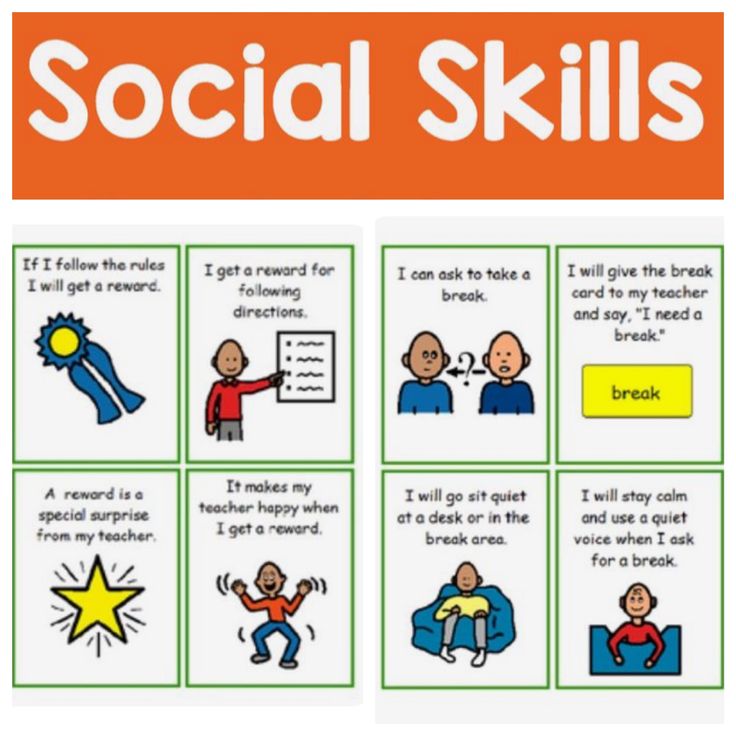
1. The ability to ask, accept and provide help
Without the ability to ask for help, the child will deprive himself of valuable advice; the lack of the ability to accept help will lead to losses, and the inability to provide help will make the baby self-centered.
- Let the child help those in need: for example, a lagging classmate.
- Explain to your child that getting help from friends and teachers is not a shame.
- Show by personal example that mutual help enriches experience: tell how you exchange advice with colleagues, friends.
2. The ability to conduct a conversation and get the right information
Being a good conversationalist is difficult, but the skill is honed over time and brings a lot of benefits.
- Prompt your child for dialogue development options: for example, you can start a conversation with a relevant question, a request for help.
- Do not leave the child in the role of a silent listener: when discussing pressing issues at home, ask the opinion of the baby.
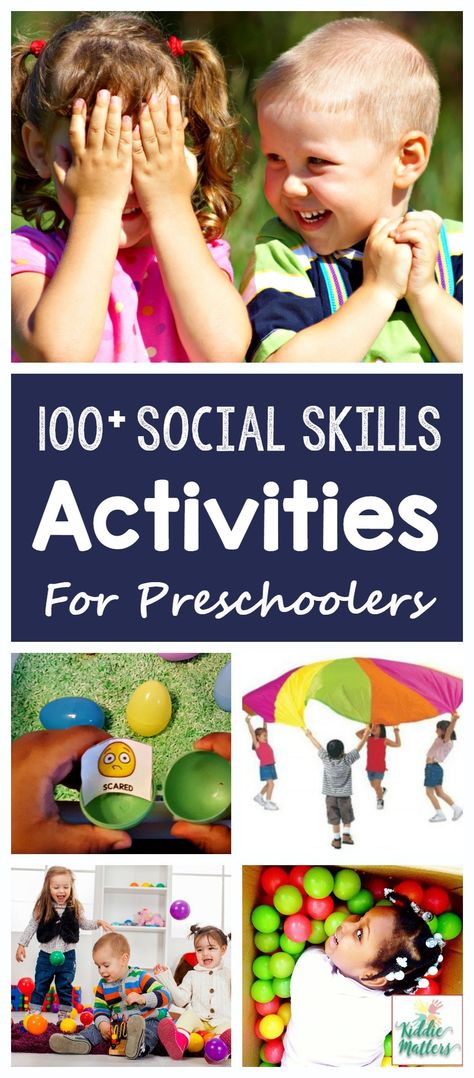
- Support children's public speaking: presentations at school, performances, funny stories surrounded by loved ones will add confidence.
3. Empathy
Empathy is the ability to recognize the emotions of others, put yourself in the place of another person, empathize.
This ability will make the child humane, prudent. How can it be developed?
- Start by recognizing the child's feelings - it is useless to listen to people if the person does not feel personal experiences. Ask your baby: “How do you feel after a quarrel with friends?”, “Do you want to relax today?”
- After conflicts with classmates, ask your child how the children with whom the quarrel may feel now.
- While watching cartoons, reading books, pay your child's attention to the emotional state of the characters.
4. Ability to work in a team
Many children can easily cope with tasks alone, but this is not a reason to refuse to work in a team.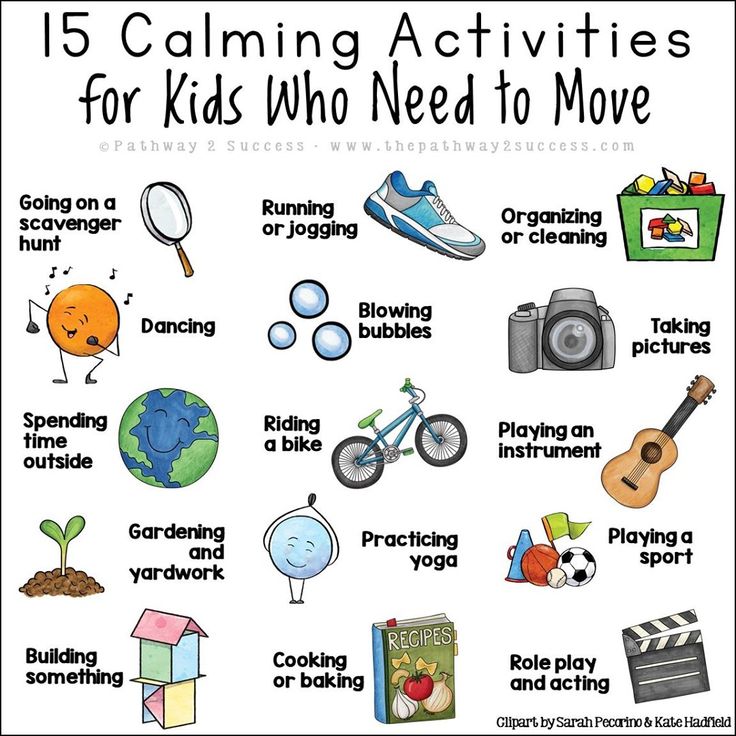 It gives the opportunity to exchange ideas and experience, delegate tasks, achieve goals faster and more efficiently.
It gives the opportunity to exchange ideas and experience, delegate tasks, achieve goals faster and more efficiently.
- If the child does not communicate with members of the team, try to introduce him to another social group: for example, the lack of communication with classmates can be compensated by a circle of interests, where the child will feel calmer.
- Make the family a friendly team in which the child has his own "duties": for example, do housework, remind parents of upcoming events. Any activity related to the well-being of other family members will do.
5. Respect for personal boundaries
The absence of an obsessive desire to interfere in other people's lives is a valuable skill that helps to win people's sympathy.
- Respect the child's personal boundaries: do not enter the nursery unannounced, do not rummage through personal belongings and correspondence, if the matter does not concern the life and safety of the baby.

- If the child violates other people's boundaries (takes toys without permission, asks uncomfortable questions), talk about it in private.
6. Ability to overcome conflict situations
It is difficult to imagine our life without conflicts. The task of the child is to learn how to culturally enter into a discussion, defend his point of view, and not be led by the provocations of his interlocutors.
- Discuss problems that arise calmly, without raising your voice. Do not put pressure on the child with parental authority unnecessarily: the child is a separate person who has the right to an opinion.
- Do not judge people for views that differ from those of your family but do not affect your well-being. Show your child that the world is very different.
- You can demonstrate to children the basics of a civilized dispute, explain what arguments are, etc. It is advisable to teach this child in kindergarten.
7.
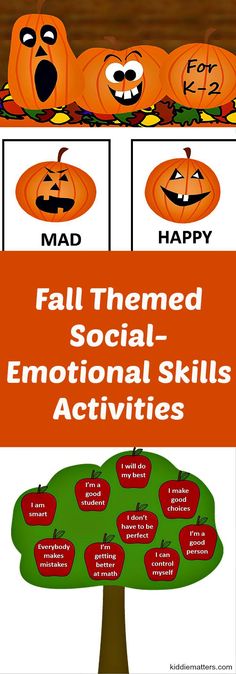 Self-confidence
Self-confidence Stable and adequate self-esteem is a quality that not all adults possess.
It is formed under the influence of many factors: relationships between parents, the role of the child in the family circle, the characteristics of the environment that surrounded the child in early childhood.
It is important that the child does not grow up to be either a narcissistic narcissist with fragile self-esteem, or an overly shy person. How can you help your child find balance?
- Praise your child for personal progress: to receive a compliment from parents, it is not necessary to win prizes in school competitions. The zeal of the baby, the interest shown and the stamina also deserve praise.
- Explain, remind the children that initially they are worthy of respect and love, like all people around.
Social skills will help in many areas of life: in studies, hobbies, friendships, building a reputation in a team. The main thing is to encourage and support children at all stages.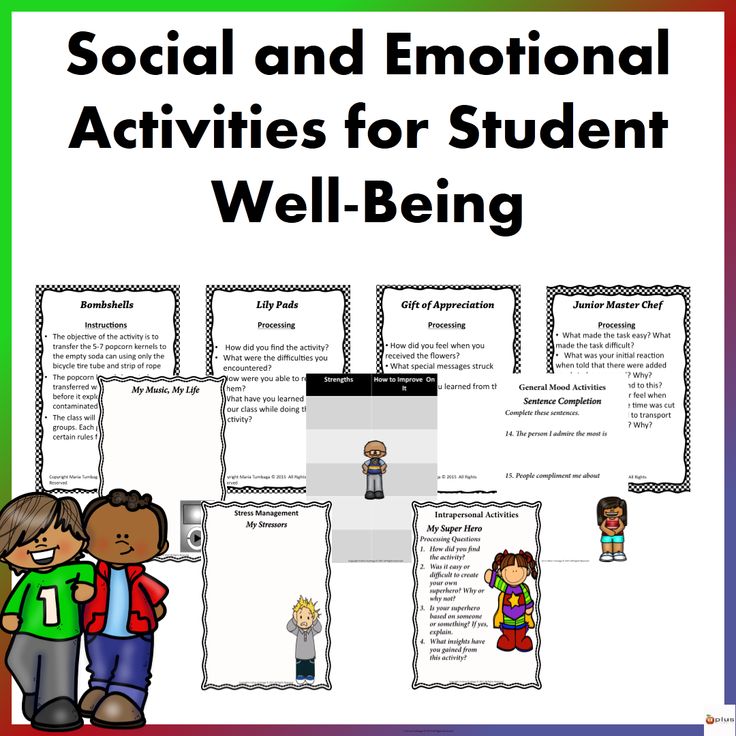
Emotional intelligence for children
We introduce children to the types of emotions, how to manage them and how to show themselves in teamwork, through situational games
learn more
Psychological and pedagogical conditions for the formation of social skills in young children
%PDF-1.5 % 10 obj > /Metadata 4 0 R >> endobj 5 0 obj /Title >> endobj 20 obj > endobj 3 0 obj > endobj 40 obj > stream
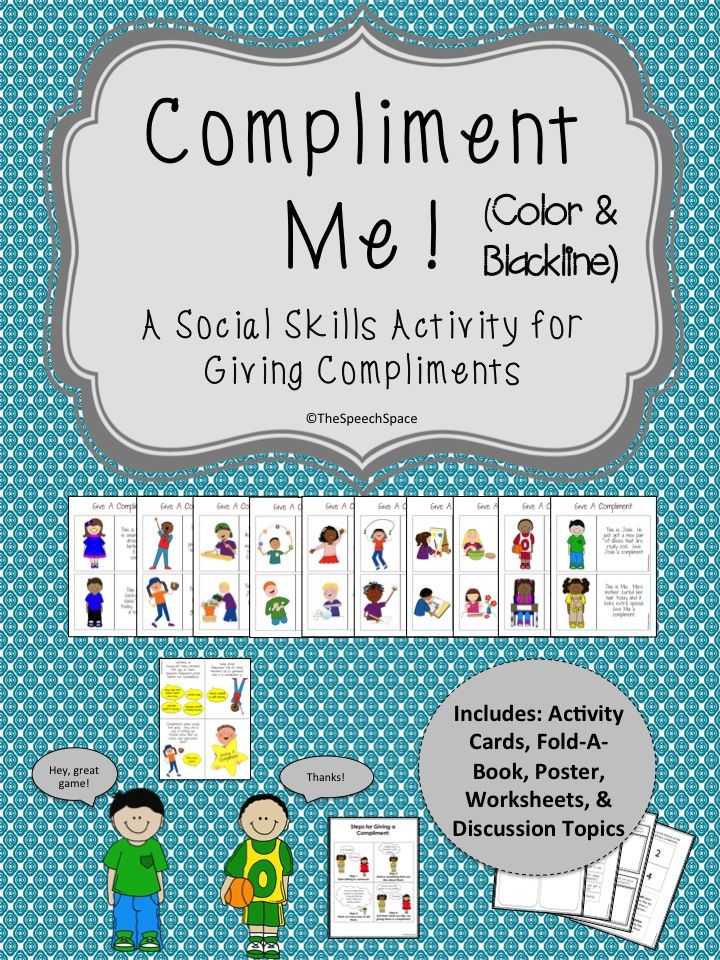 32 841.92] /Contents[133 0 R 134 0 R 135 0 R] /group> /Tabs /S /StructParents 0 /Annots [136 0R] >> endobj 70 obj > /ProcSet [/PDF /Text /ImageB /ImageC /ImageI] >> /Annots [138 0 R 139 0 R 140 0 R 141 0 R 142 0 R 143 0 R 144 0 R 145 0 R 146 0 R 147 0 R 148 0 R 149 0 R 150 0 R 151 0 R 152 0 R 153 0 R 154 0 R 155 0 R] /MediaBox [0 0 595.32 841.92] /Contents 156 0 R /group> /Tabs /S /StructParents 1 >> endobj 80 obj > /ProcSet [/PDF /Text /ImageB /ImageC /ImageI] >> /MediaBox[0 0 595.32 841.92] /Contents 157 0 R /group> /Tabs /S /StructParents 20 >> endobj 9 0 obj > /ProcSet [/PDF /Text /ImageB /ImageC /ImageI] >> /MediaBox [0 0 595.32 841.92] /Contents 159 0 R /group> /Tabs /S /StructParents 21 >> endobj 10 0 obj > /ProcSet [/PDF /Text /ImageB /ImageC /ImageI] >> /MediaBox [0 0 595.32 841.92] /Contents 160 0 R /group> /Tabs /S /StructParents 22 >> endobj 11 0 obj > /ProcSet [/PDF /Text /ImageB /ImageC /ImageI] >> /MediaBox[0 0 595.32 841.92] /Contents 161 0 R /group> /Tabs /S /StructParents 23 >> endobj 12 0 obj > /ProcSet [/PDF /Text /ImageB /ImageC /ImageI] >> /MediaBox [0 0 595.
32 841.92] /Contents[133 0 R 134 0 R 135 0 R] /group> /Tabs /S /StructParents 0 /Annots [136 0R] >> endobj 70 obj > /ProcSet [/PDF /Text /ImageB /ImageC /ImageI] >> /Annots [138 0 R 139 0 R 140 0 R 141 0 R 142 0 R 143 0 R 144 0 R 145 0 R 146 0 R 147 0 R 148 0 R 149 0 R 150 0 R 151 0 R 152 0 R 153 0 R 154 0 R 155 0 R] /MediaBox [0 0 595.32 841.92] /Contents 156 0 R /group> /Tabs /S /StructParents 1 >> endobj 80 obj > /ProcSet [/PDF /Text /ImageB /ImageC /ImageI] >> /MediaBox[0 0 595.32 841.92] /Contents 157 0 R /group> /Tabs /S /StructParents 20 >> endobj 9 0 obj > /ProcSet [/PDF /Text /ImageB /ImageC /ImageI] >> /MediaBox [0 0 595.32 841.92] /Contents 159 0 R /group> /Tabs /S /StructParents 21 >> endobj 10 0 obj > /ProcSet [/PDF /Text /ImageB /ImageC /ImageI] >> /MediaBox [0 0 595.32 841.92] /Contents 160 0 R /group> /Tabs /S /StructParents 22 >> endobj 11 0 obj > /ProcSet [/PDF /Text /ImageB /ImageC /ImageI] >> /MediaBox[0 0 595.32 841.92] /Contents 161 0 R /group> /Tabs /S /StructParents 23 >> endobj 12 0 obj > /ProcSet [/PDF /Text /ImageB /ImageC /ImageI] >> /MediaBox [0 0 595.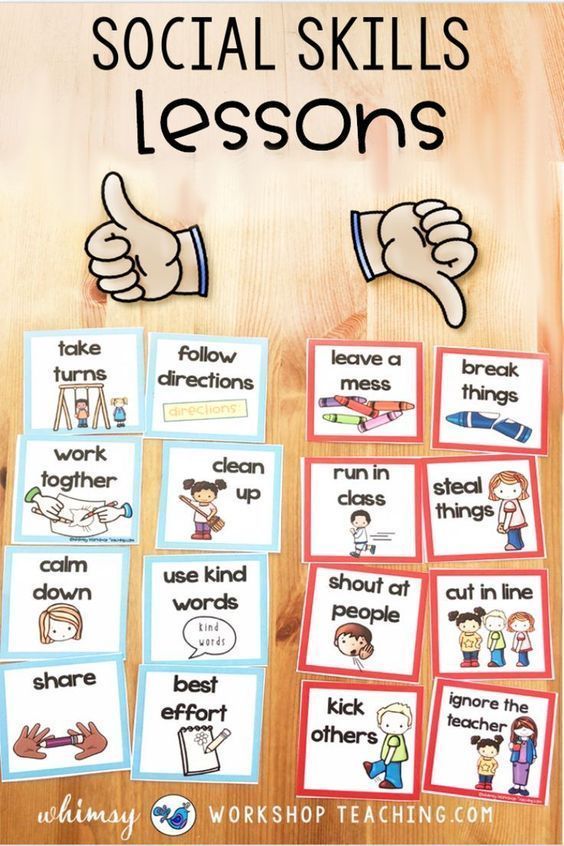 32 841.92] /Contents 162 0 R /group> /Tabs /S /StructParents 24 >> endobj 13 0 obj > /ProcSet [/PDF /Text /ImageB /ImageC /ImageI] >> /MediaBox [0 0 595.32 841.92] /Contents 163 0 R /group> /Tabs /S /StructParents 25 >> endobj 14 0 obj > /ProcSet [/PDF /Text /ImageB /ImageC /ImageI] >> /MediaBox[0 0 595.32 841.92] /Contents 164 0 R /group> /Tabs /S /StructParents 26 >> endobj 15 0 obj > /ProcSet [/PDF /Text /ImageB /ImageC /ImageI] >> /MediaBox [0 0 595.32 841.92] /Contents 165 0 R /group> /Tabs /S /StructParents 27 >> endobj 16 0 obj > /ProcSet [/PDF /Text /ImageB /ImageC /ImageI] >> /MediaBox [0 0 595.32 841.92] /Contents 166 0R /group> /Tabs /S /StructParents 28 >> endobj 17 0 obj > /ProcSet [/PDF /Text /ImageB /ImageC /ImageI] >> /MediaBox[0 0 595.32 841.92] /Contents 167 0R /group> /Tabs /S /StructParents 29 >> endobj 18 0 obj > /ProcSet [/PDF /Text /ImageB /ImageC /ImageI] >> /MediaBox [0 0 595.32 841.92] /Contents 168 0R /group> /Tabs /S /StructParents 30 >> endobj 19 0 obj > /ProcSet [/PDF /Text /ImageB /ImageC /ImageI] >> /MediaBox [0 0 595.
32 841.92] /Contents 162 0 R /group> /Tabs /S /StructParents 24 >> endobj 13 0 obj > /ProcSet [/PDF /Text /ImageB /ImageC /ImageI] >> /MediaBox [0 0 595.32 841.92] /Contents 163 0 R /group> /Tabs /S /StructParents 25 >> endobj 14 0 obj > /ProcSet [/PDF /Text /ImageB /ImageC /ImageI] >> /MediaBox[0 0 595.32 841.92] /Contents 164 0 R /group> /Tabs /S /StructParents 26 >> endobj 15 0 obj > /ProcSet [/PDF /Text /ImageB /ImageC /ImageI] >> /MediaBox [0 0 595.32 841.92] /Contents 165 0 R /group> /Tabs /S /StructParents 27 >> endobj 16 0 obj > /ProcSet [/PDF /Text /ImageB /ImageC /ImageI] >> /MediaBox [0 0 595.32 841.92] /Contents 166 0R /group> /Tabs /S /StructParents 28 >> endobj 17 0 obj > /ProcSet [/PDF /Text /ImageB /ImageC /ImageI] >> /MediaBox[0 0 595.32 841.92] /Contents 167 0R /group> /Tabs /S /StructParents 29 >> endobj 18 0 obj > /ProcSet [/PDF /Text /ImageB /ImageC /ImageI] >> /MediaBox [0 0 595.32 841.92] /Contents 168 0R /group> /Tabs /S /StructParents 30 >> endobj 19 0 obj > /ProcSet [/PDF /Text /ImageB /ImageC /ImageI] >> /MediaBox [0 0 595.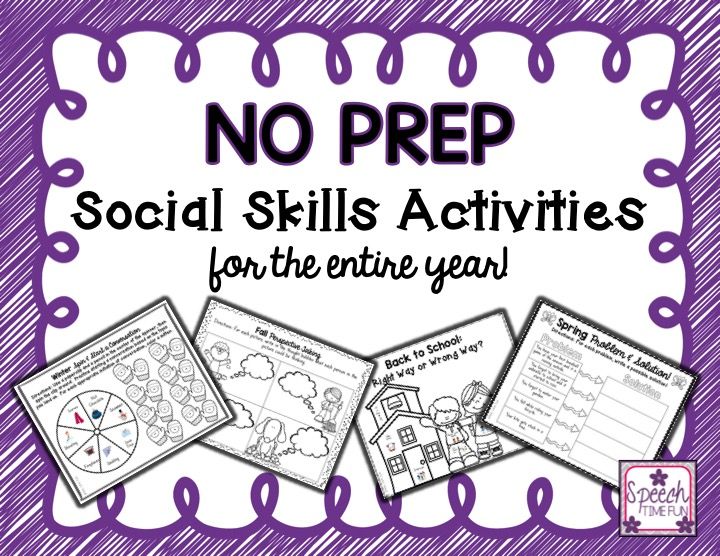 32 841.92] /Contents 169 0 R /group> /Tabs /S /StructParents 31 >> endobj 20 0 obj > /ProcSet [/PDF /Text /ImageB /ImageC /ImageI] >> /MediaBox[0 0 595.32 841.92] /Contents 171 0R /group> /Tabs /S /StructParents 32 >> endobj 21 0 obj > /ProcSet [/PDF /Text /ImageB /ImageC /ImageI] >> /MediaBox [0 0 595.32 841.92] /Contents 172 0R /group> /Tabs /S /StructParents 33 >> endobj 22 0 obj > /ProcSet [/PDF /Text /ImageB /ImageC /ImageI] >> /MediaBox [0 0 595.32 841.92] /Contents 173 0R /group> /Tabs /S /StructParents 34 >> endobj 23 0 obj > /ProcSet [/PDF /Text /ImageB /ImageC /ImageI] >> /MediaBox[0 0 595.32 841.92] /Contents 174 0R /group> /Tabs /S /StructParents 35 >> endobj 24 0 obj > /ProcSet [/PDF /Text /ImageB /ImageC /ImageI] >> /MediaBox [0 0 595.32 841.92] /Contents 175 0R /group> /Tabs /S /StructParents 36 >> endobj 25 0 obj > /ProcSet [/PDF /Text /ImageB /ImageC /ImageI] >> /MediaBox [0 0 595.32 841.92] /Contents 176 0R /group> /Tabs /S /StructParents 37 >> endobj 26 0 obj > /ProcSet [/PDF /Text /ImageB /ImageC /ImageI] >> /MediaBox[0 0 595.
32 841.92] /Contents 169 0 R /group> /Tabs /S /StructParents 31 >> endobj 20 0 obj > /ProcSet [/PDF /Text /ImageB /ImageC /ImageI] >> /MediaBox[0 0 595.32 841.92] /Contents 171 0R /group> /Tabs /S /StructParents 32 >> endobj 21 0 obj > /ProcSet [/PDF /Text /ImageB /ImageC /ImageI] >> /MediaBox [0 0 595.32 841.92] /Contents 172 0R /group> /Tabs /S /StructParents 33 >> endobj 22 0 obj > /ProcSet [/PDF /Text /ImageB /ImageC /ImageI] >> /MediaBox [0 0 595.32 841.92] /Contents 173 0R /group> /Tabs /S /StructParents 34 >> endobj 23 0 obj > /ProcSet [/PDF /Text /ImageB /ImageC /ImageI] >> /MediaBox[0 0 595.32 841.92] /Contents 174 0R /group> /Tabs /S /StructParents 35 >> endobj 24 0 obj > /ProcSet [/PDF /Text /ImageB /ImageC /ImageI] >> /MediaBox [0 0 595.32 841.92] /Contents 175 0R /group> /Tabs /S /StructParents 36 >> endobj 25 0 obj > /ProcSet [/PDF /Text /ImageB /ImageC /ImageI] >> /MediaBox [0 0 595.32 841.92] /Contents 176 0R /group> /Tabs /S /StructParents 37 >> endobj 26 0 obj > /ProcSet [/PDF /Text /ImageB /ImageC /ImageI] >> /MediaBox[0 0 595.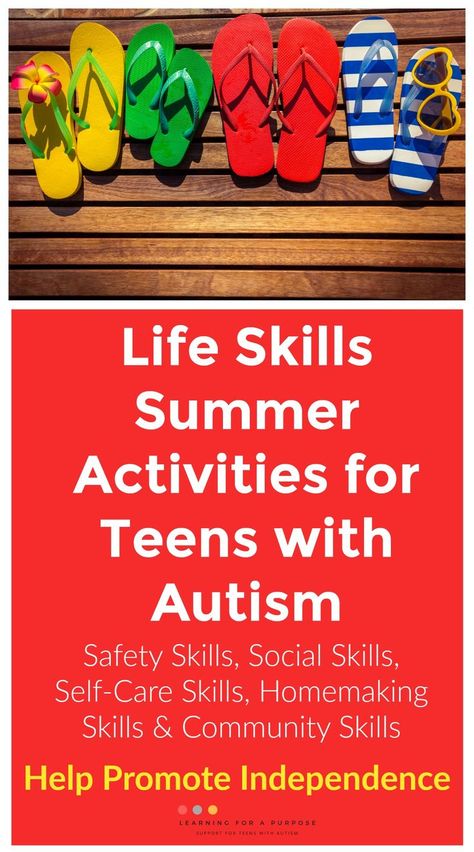 32 841.92] /Contents 177 0 R /group> /Tabs /S /StructParents 38 >> endobj 27 0 obj > /ProcSet [/PDF /Text /ImageB /ImageC /ImageI] >> /MediaBox [0 0 595.32 841.92] /Contents 178 0 R /group> /Tabs /S /StructParents 39 >> endobj 28 0 obj > /ProcSet [/PDF /Text /ImageB /ImageC /ImageI] >> /MediaBox [0 0 595.32 841.92] /Contents 179 0 R /group> /Tabs /S /StructParents 40 >> endobj 29 0 obj > /ProcSet [/PDF /Text /ImageB /ImageC /ImageI] >> /MediaBox[0 0 595.32 841.92] /Contents 180 0 R /group> /Tabs /S /StructParents 41 >> endobj 30 0 obj > /ProcSet [/PDF /Text /ImageB /ImageC /ImageI] >> /MediaBox [0 0 595.32 841.92] /Contents 181 0 R /group> /Tabs /S /StructParents 42 >> endobj 31 0 obj > /ProcSet [/PDF /Text /ImageB /ImageC /ImageI] >> /MediaBox [0 0 595.32 841.92] /Contents 182 0 R /group> /Tabs /S /StructParents 43 >> endobj 32 0 obj > /ProcSet [/PDF /Text /ImageB /ImageC /ImageI] >> /MediaBox[0 0 595.32 841.92] /Contents 183 0R /group> /Tabs /S /StructParents 44 >> endobj 33 0 obj > /ProcSet [/PDF /Text /ImageB /ImageC /ImageI] >> /MediaBox [0 0 595.
32 841.92] /Contents 177 0 R /group> /Tabs /S /StructParents 38 >> endobj 27 0 obj > /ProcSet [/PDF /Text /ImageB /ImageC /ImageI] >> /MediaBox [0 0 595.32 841.92] /Contents 178 0 R /group> /Tabs /S /StructParents 39 >> endobj 28 0 obj > /ProcSet [/PDF /Text /ImageB /ImageC /ImageI] >> /MediaBox [0 0 595.32 841.92] /Contents 179 0 R /group> /Tabs /S /StructParents 40 >> endobj 29 0 obj > /ProcSet [/PDF /Text /ImageB /ImageC /ImageI] >> /MediaBox[0 0 595.32 841.92] /Contents 180 0 R /group> /Tabs /S /StructParents 41 >> endobj 30 0 obj > /ProcSet [/PDF /Text /ImageB /ImageC /ImageI] >> /MediaBox [0 0 595.32 841.92] /Contents 181 0 R /group> /Tabs /S /StructParents 42 >> endobj 31 0 obj > /ProcSet [/PDF /Text /ImageB /ImageC /ImageI] >> /MediaBox [0 0 595.32 841.92] /Contents 182 0 R /group> /Tabs /S /StructParents 43 >> endobj 32 0 obj > /ProcSet [/PDF /Text /ImageB /ImageC /ImageI] >> /MediaBox[0 0 595.32 841.92] /Contents 183 0R /group> /Tabs /S /StructParents 44 >> endobj 33 0 obj > /ProcSet [/PDF /Text /ImageB /ImageC /ImageI] >> /MediaBox [0 0 595.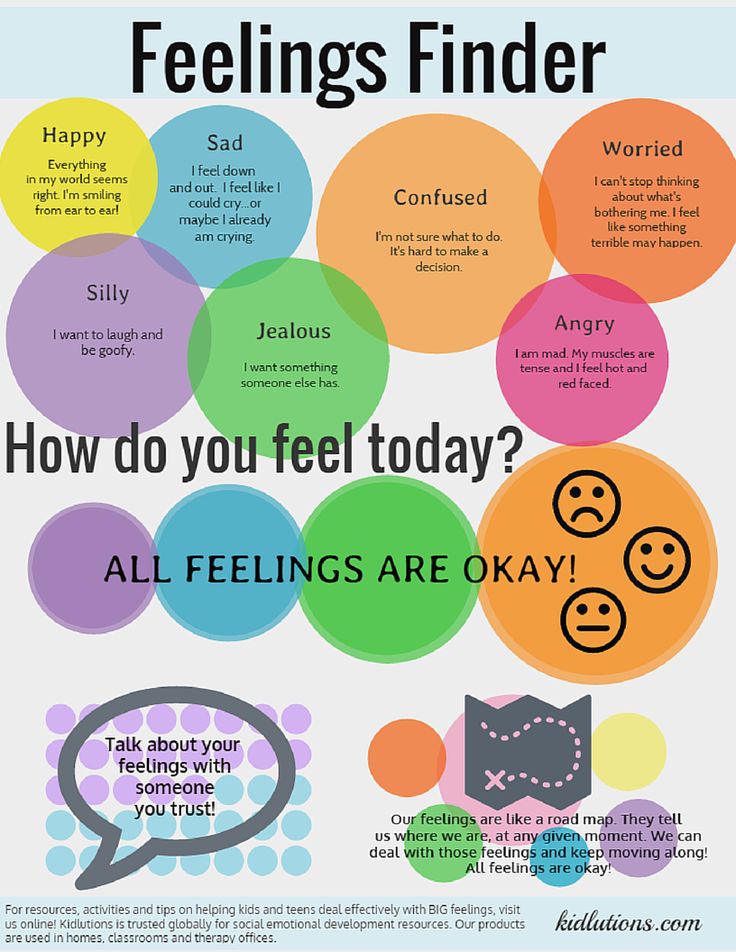 32 841.92] /Contents 184 0 R /group> /Tabs /S /StructParents 45 >> endobj 34 0 obj > /ProcSet [/PDF /Text /ImageB /ImageC /ImageI] >> /MediaBox [0 0 595.32 841.92] /Contents 185 0R /group> /Tabs /S /StructParents 46 >> endobj 35 0 obj > /ProcSet [/PDF /Text /ImageB /ImageC /ImageI] >> /MediaBox[0 0 595.32 841.92] /Contents 186 0 R /group> /Tabs /S /StructParents 47 >> endobj 36 0 obj > /ProcSet [/PDF /Text /ImageB /ImageC /ImageI] >> /MediaBox [0 0 595.32 841.92] /Contents 187 0 R /group> /Tabs /S /StructParents 48 >> endobj 37 0 obj > /ProcSet [/PDF /Text /ImageB /ImageC /ImageI] >> /MediaBox [0 0 595.32 841.92] /Contents 188 0 R /group> /Tabs /S /StructParents 49 >> endobj 38 0 obj > /ProcSet [/PDF /Text /ImageB /ImageC /ImageI] >> /MediaBox[0 0 595.32 841.92] /Contents 189 0 R /group> /Tabs /S /StructParents 50 >> endobj 39 0 obj > /ProcSet [/PDF /Text /ImageB /ImageC /ImageI] >> /MediaBox [0 0 595.32 841.92] /Contents 190 0R /group> /Tabs /S /StructParents 51 >> endobj 40 0 obj > /ProcSet [/PDF /Text /ImageB /ImageC /ImageI] >> /MediaBox [0 0 595.
32 841.92] /Contents 184 0 R /group> /Tabs /S /StructParents 45 >> endobj 34 0 obj > /ProcSet [/PDF /Text /ImageB /ImageC /ImageI] >> /MediaBox [0 0 595.32 841.92] /Contents 185 0R /group> /Tabs /S /StructParents 46 >> endobj 35 0 obj > /ProcSet [/PDF /Text /ImageB /ImageC /ImageI] >> /MediaBox[0 0 595.32 841.92] /Contents 186 0 R /group> /Tabs /S /StructParents 47 >> endobj 36 0 obj > /ProcSet [/PDF /Text /ImageB /ImageC /ImageI] >> /MediaBox [0 0 595.32 841.92] /Contents 187 0 R /group> /Tabs /S /StructParents 48 >> endobj 37 0 obj > /ProcSet [/PDF /Text /ImageB /ImageC /ImageI] >> /MediaBox [0 0 595.32 841.92] /Contents 188 0 R /group> /Tabs /S /StructParents 49 >> endobj 38 0 obj > /ProcSet [/PDF /Text /ImageB /ImageC /ImageI] >> /MediaBox[0 0 595.32 841.92] /Contents 189 0 R /group> /Tabs /S /StructParents 50 >> endobj 39 0 obj > /ProcSet [/PDF /Text /ImageB /ImageC /ImageI] >> /MediaBox [0 0 595.32 841.92] /Contents 190 0R /group> /Tabs /S /StructParents 51 >> endobj 40 0 obj > /ProcSet [/PDF /Text /ImageB /ImageC /ImageI] >> /MediaBox [0 0 595.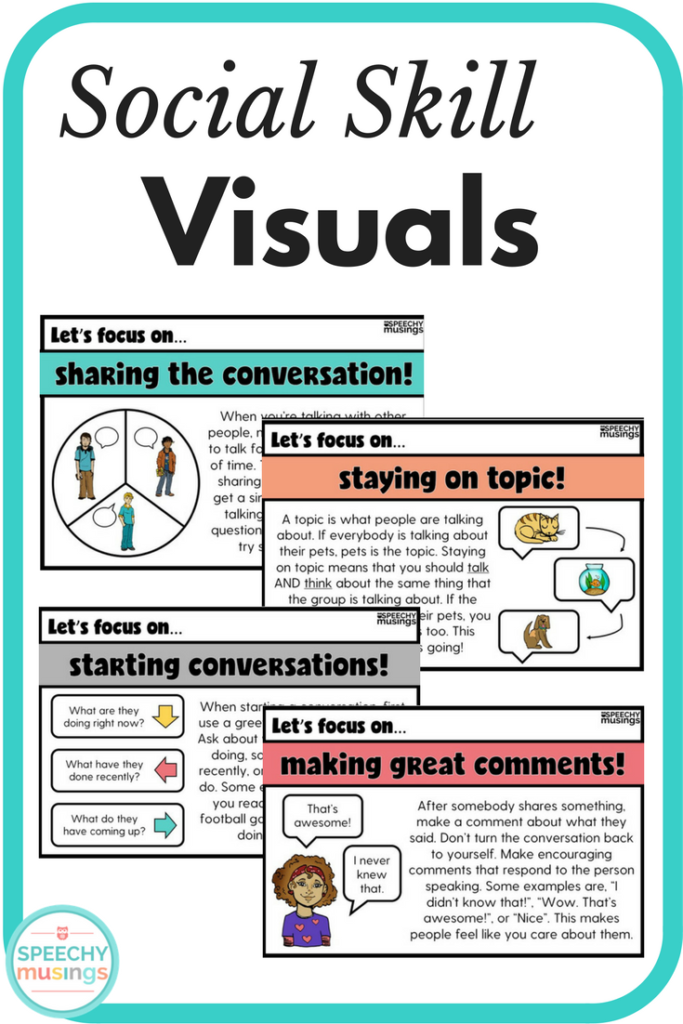 32 841.92] /Contents 191 0 R /group> /Tabs /S /StructParents 52 >> endobj 41 0 obj > /ProcSet [/PDF /Text /ImageB /ImageC /ImageI] >> /MediaBox[0 0 595.32 841.92] /Contents 192 0 R /group> /Tabs /S /StructParents 53 >> endobj 42 0 obj > /XObject> /ProcSet [/PDF /Text /ImageB /ImageC /ImageI] >> /MediaBox [0 0 595.32 841.92] /Contents 194 0 R /group> /Tabs /S /StructParents 54 >> endobj 43 0 obj > /ProcSet [/PDF /Text /ImageB /ImageC /ImageI] >> /MediaBox [0 0 595.32 841.92] /Contents 195 0 R /group> /Tabs /S /StructParents 55 >> endobj 44 0 obj > /XObject> /ProcSet [/PDF /Text /ImageB /ImageC /ImageI] >> /MediaBox[0 0 595.32 841.92] /Contents 197 0 R /group> /Tabs /S /StructParents 56 >> endobj 45 0 obj > /ProcSet [/PDF /Text /ImageB /ImageC /ImageI] >> /MediaBox [0 0 595.32 841.92] /Contents 198 0 R /group> /Tabs /S /StructParents 57 >> endobj 46 0 obj > /ProcSet [/PDF /Text /ImageB /ImageC /ImageI] >> /MediaBox [0 0 595.32 841.92] /Contents 199 0 R /group> /Tabs /S /StructParents 58 >> endobj 47 0 obj > /ProcSet [/PDF /Text /ImageB /ImageC /ImageI] >> /MediaBox[0 0 595.
32 841.92] /Contents 191 0 R /group> /Tabs /S /StructParents 52 >> endobj 41 0 obj > /ProcSet [/PDF /Text /ImageB /ImageC /ImageI] >> /MediaBox[0 0 595.32 841.92] /Contents 192 0 R /group> /Tabs /S /StructParents 53 >> endobj 42 0 obj > /XObject> /ProcSet [/PDF /Text /ImageB /ImageC /ImageI] >> /MediaBox [0 0 595.32 841.92] /Contents 194 0 R /group> /Tabs /S /StructParents 54 >> endobj 43 0 obj > /ProcSet [/PDF /Text /ImageB /ImageC /ImageI] >> /MediaBox [0 0 595.32 841.92] /Contents 195 0 R /group> /Tabs /S /StructParents 55 >> endobj 44 0 obj > /XObject> /ProcSet [/PDF /Text /ImageB /ImageC /ImageI] >> /MediaBox[0 0 595.32 841.92] /Contents 197 0 R /group> /Tabs /S /StructParents 56 >> endobj 45 0 obj > /ProcSet [/PDF /Text /ImageB /ImageC /ImageI] >> /MediaBox [0 0 595.32 841.92] /Contents 198 0 R /group> /Tabs /S /StructParents 57 >> endobj 46 0 obj > /ProcSet [/PDF /Text /ImageB /ImageC /ImageI] >> /MediaBox [0 0 595.32 841.92] /Contents 199 0 R /group> /Tabs /S /StructParents 58 >> endobj 47 0 obj > /ProcSet [/PDF /Text /ImageB /ImageC /ImageI] >> /MediaBox[0 0 595.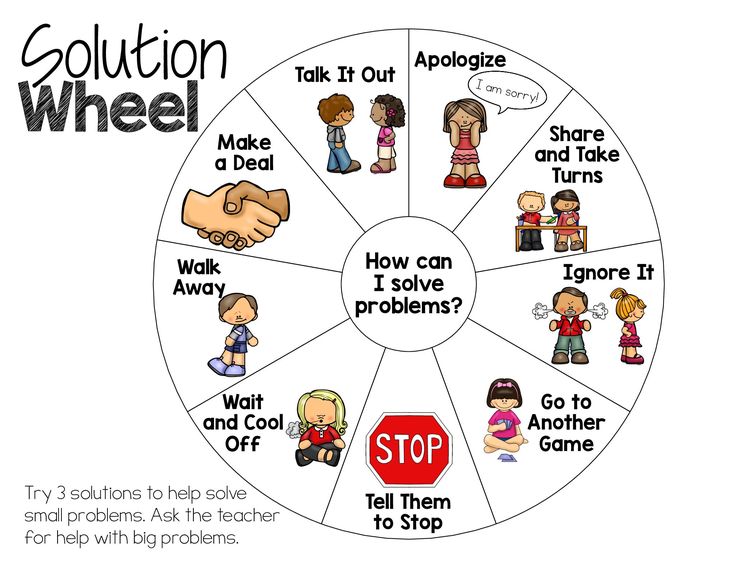 32 841.92] /Contents 200 0 R /group> /Tabs /S /StructParents 59 >> endobj 48 0 obj > /ProcSet [/PDF /Text /ImageB /ImageC /ImageI] >> /MediaBox [0 0 595.32 841.92] /Contents 202 0 R /group> /Tabs /S /StructParents 60 >> endobj 49 0 obj > /ProcSet [/PDF /Text /ImageB /ImageC /ImageI] >> /MediaBox [0 0 595.32 841.92] /Contents 203 0 R /group> /Tabs /S /StructParents 61 >> endobj 50 0 obj > /ProcSet [/PDF /Text /ImageB /ImageC /ImageI] >> /MediaBox[0 0 595.32 841.92] /Contents 204 0 R /group> /Tabs /S /StructParents 62 >> endobj 51 0 obj > /ProcSet [/PDF /Text /ImageB /ImageC /ImageI] >> /MediaBox [0 0 595.32 841.92] /Contents 205 0 R /group> /Tabs /S /StructParents 63 >> endobj 52 0 obj > /ProcSet [/PDF /Text /ImageB /ImageC /ImageI] >> /MediaBox [0 0 595.32 841.92] /Contents 206 0 R /group> /Tabs /S /StructParents 64 >> endobj 53 0 obj > /ProcSet [/PDF /Text /ImageB /ImageC /ImageI] >> /MediaBox[0 0 595.32 841.92] /Contents 207 0 R /group> /Tabs /S /StructParents 65 >> endobj 54 0 obj > /ProcSet [/PDF /Text /ImageB /ImageC /ImageI] >> /MediaBox [0 0 595.
32 841.92] /Contents 200 0 R /group> /Tabs /S /StructParents 59 >> endobj 48 0 obj > /ProcSet [/PDF /Text /ImageB /ImageC /ImageI] >> /MediaBox [0 0 595.32 841.92] /Contents 202 0 R /group> /Tabs /S /StructParents 60 >> endobj 49 0 obj > /ProcSet [/PDF /Text /ImageB /ImageC /ImageI] >> /MediaBox [0 0 595.32 841.92] /Contents 203 0 R /group> /Tabs /S /StructParents 61 >> endobj 50 0 obj > /ProcSet [/PDF /Text /ImageB /ImageC /ImageI] >> /MediaBox[0 0 595.32 841.92] /Contents 204 0 R /group> /Tabs /S /StructParents 62 >> endobj 51 0 obj > /ProcSet [/PDF /Text /ImageB /ImageC /ImageI] >> /MediaBox [0 0 595.32 841.92] /Contents 205 0 R /group> /Tabs /S /StructParents 63 >> endobj 52 0 obj > /ProcSet [/PDF /Text /ImageB /ImageC /ImageI] >> /MediaBox [0 0 595.32 841.92] /Contents 206 0 R /group> /Tabs /S /StructParents 64 >> endobj 53 0 obj > /ProcSet [/PDF /Text /ImageB /ImageC /ImageI] >> /MediaBox[0 0 595.32 841.92] /Contents 207 0 R /group> /Tabs /S /StructParents 65 >> endobj 54 0 obj > /ProcSet [/PDF /Text /ImageB /ImageC /ImageI] >> /MediaBox [0 0 595.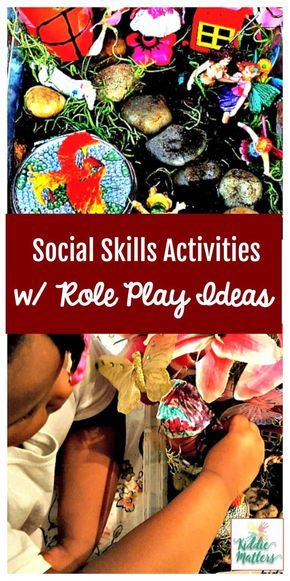 32 841.92] /Contents 208 0 R /group> /Tabs /S /StructParents 66 >> endobj 55 0 obj > /ProcSet [/PDF /Text /ImageB /ImageC /ImageI] >> /MediaBox [0 0 595.32 841.92] /Contents 209 0 R /group> /Tabs /S /StructParents 67 >> endobj 56 0 obj > /XObject> /ProcSet [/PDF /Text /ImageB /ImageC /ImageI] >> /MediaBox[0 0 595.32 841.92] /Contents 211 0 R /group> /Tabs /S /StructParents 68 >> endobj 57 0 obj > /XObject> /ProcSet [/PDF /Text /ImageB /ImageC /ImageI] >> /MediaBox [0 0 595.32 841.92] /Contents 213 0 R /group> /Tabs /S /StructParents 69 >> endobj 58 0 obj > /XObject> /ProcSet [/PDF /Text /ImageB /ImageC /ImageI] >> /MediaBox [0 0 595.32 841.92] /Contents 215 0 R /group> /Tabs /S /StructParents 70 >> endobj 59 0 obj > /ProcSet [/PDF /Text /ImageB /ImageC /ImageI] >> /MediaBox[0 0 595.32 841.92] /Contents 216 0R /group> /Tabs /S /StructParents 71 >> endobj 60 0 obj > /ProcSet [/PDF /Text /ImageB /ImageC /ImageI] >> /MediaBox [0 0 595.32 841.92] /Contents 217 0 R /group> /Tabs /S /StructParents 72 >> endobj 61 0 obj > /ProcSet [/PDF /Text /ImageB /ImageC /ImageI] >> /MediaBox [0 0 595.
32 841.92] /Contents 208 0 R /group> /Tabs /S /StructParents 66 >> endobj 55 0 obj > /ProcSet [/PDF /Text /ImageB /ImageC /ImageI] >> /MediaBox [0 0 595.32 841.92] /Contents 209 0 R /group> /Tabs /S /StructParents 67 >> endobj 56 0 obj > /XObject> /ProcSet [/PDF /Text /ImageB /ImageC /ImageI] >> /MediaBox[0 0 595.32 841.92] /Contents 211 0 R /group> /Tabs /S /StructParents 68 >> endobj 57 0 obj > /XObject> /ProcSet [/PDF /Text /ImageB /ImageC /ImageI] >> /MediaBox [0 0 595.32 841.92] /Contents 213 0 R /group> /Tabs /S /StructParents 69 >> endobj 58 0 obj > /XObject> /ProcSet [/PDF /Text /ImageB /ImageC /ImageI] >> /MediaBox [0 0 595.32 841.92] /Contents 215 0 R /group> /Tabs /S /StructParents 70 >> endobj 59 0 obj > /ProcSet [/PDF /Text /ImageB /ImageC /ImageI] >> /MediaBox[0 0 595.32 841.92] /Contents 216 0R /group> /Tabs /S /StructParents 71 >> endobj 60 0 obj > /ProcSet [/PDF /Text /ImageB /ImageC /ImageI] >> /MediaBox [0 0 595.32 841.92] /Contents 217 0 R /group> /Tabs /S /StructParents 72 >> endobj 61 0 obj > /ProcSet [/PDF /Text /ImageB /ImageC /ImageI] >> /MediaBox [0 0 595.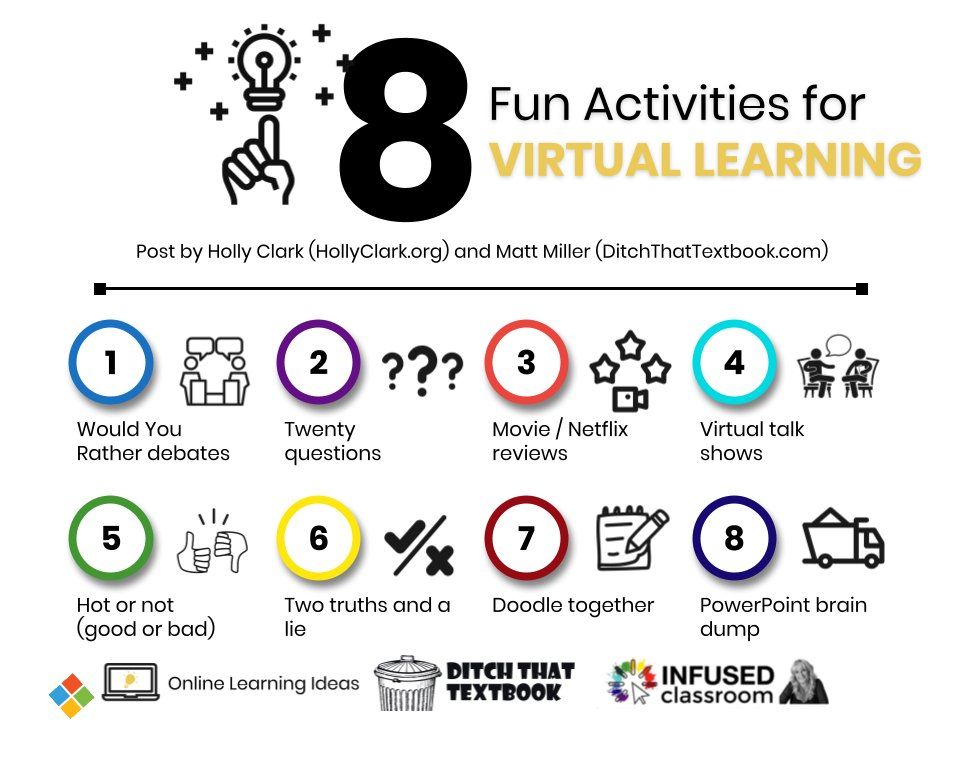 32 841.92] /Contents 218 0 R /group> /Tabs /S /StructParents 73 >> endobj 62 0 obj > /ProcSet [/PDF /Text /ImageB /ImageC /ImageI] >> /MediaBox[0 0 595.32 841.92] /Contents 219 0R /group> /Tabs /S /StructParents 74 >> endobj 63 0 obj > /ProcSet [/PDF /Text /ImageB /ImageC /ImageI] >> /MediaBox [0 0 595.32 841.92] /Contents 220 0 R /group> /Tabs /S /StructParents 75 >> endobj 64 0 obj > /ProcSet [/PDF /Text /ImageB /ImageC /ImageI] >> /MediaBox [0 0 595.32 841.92] /Contents 222 0 R /group> /Tabs /S /StructParents 76 >> endobj 65 0 obj > /ProcSet [/PDF /Text /ImageB /ImageC /ImageI] >> /MediaBox[0 0 595.32 841.92] /Contents 223 0 R /group> /Tabs /S /StructParents 77 >> endobj 66 0 obj > /ProcSet [/PDF /Text /ImageB /ImageC /ImageI] >> /MediaBox [0 0 595.32 841.92] /Contents 224 0 R /group> /Tabs /S /StructParents 78 >> endobj 67 0 obj > /ProcSet [/PDF /Text /ImageB /ImageC /ImageI] >> /MediaBox [0 0 595.32 841.92] /Contents 225 0 R /group> /Tabs /S /StructParents 79 >> endobj 68 0 obj > /ProcSet [/PDF /Text /ImageB /ImageC /ImageI] >> /MediaBox[0 0 595.
32 841.92] /Contents 218 0 R /group> /Tabs /S /StructParents 73 >> endobj 62 0 obj > /ProcSet [/PDF /Text /ImageB /ImageC /ImageI] >> /MediaBox[0 0 595.32 841.92] /Contents 219 0R /group> /Tabs /S /StructParents 74 >> endobj 63 0 obj > /ProcSet [/PDF /Text /ImageB /ImageC /ImageI] >> /MediaBox [0 0 595.32 841.92] /Contents 220 0 R /group> /Tabs /S /StructParents 75 >> endobj 64 0 obj > /ProcSet [/PDF /Text /ImageB /ImageC /ImageI] >> /MediaBox [0 0 595.32 841.92] /Contents 222 0 R /group> /Tabs /S /StructParents 76 >> endobj 65 0 obj > /ProcSet [/PDF /Text /ImageB /ImageC /ImageI] >> /MediaBox[0 0 595.32 841.92] /Contents 223 0 R /group> /Tabs /S /StructParents 77 >> endobj 66 0 obj > /ProcSet [/PDF /Text /ImageB /ImageC /ImageI] >> /MediaBox [0 0 595.32 841.92] /Contents 224 0 R /group> /Tabs /S /StructParents 78 >> endobj 67 0 obj > /ProcSet [/PDF /Text /ImageB /ImageC /ImageI] >> /MediaBox [0 0 595.32 841.92] /Contents 225 0 R /group> /Tabs /S /StructParents 79 >> endobj 68 0 obj > /ProcSet [/PDF /Text /ImageB /ImageC /ImageI] >> /MediaBox[0 0 595.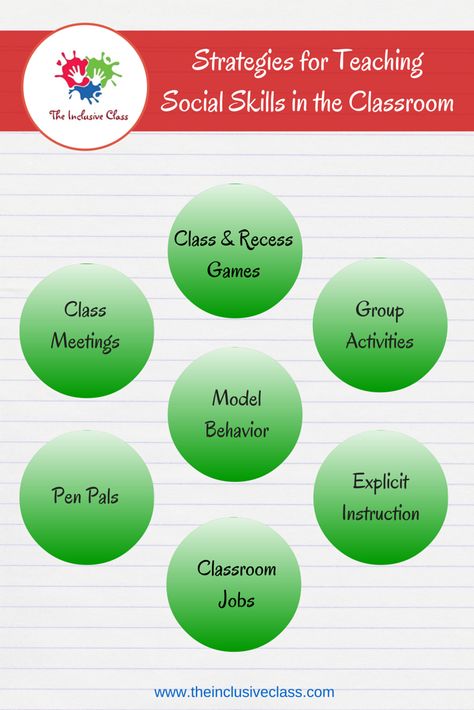 32 841.92] /Contents 226 0 R /group> /Tabs /S /StructParents 80 >> endobj 69 0 obj > /ProcSet [/PDF /Text /ImageB /ImageC /ImageI] >> /MediaBox [0 0 595.32 841.92] /Contents 227 0 R /group> /Tabs /S /StructParents 81 >> endobj 70 0 obj > /ProcSet [/PDF /Text /ImageB /ImageC /ImageI] >> /MediaBox [0 0 595.32 841.92] /Contents 228 0 R /group> /Tabs /S /StructParents 82 >> endobj 71 0 obj > /ProcSet [/PDF /Text /ImageB /ImageC /ImageI] >> /MediaBox[0 0 841.92 595.32] /Contents 229 0 R /group> /Tabs /S /StructParents 83 >> endobj 72 0 obj > /ProcSet [/PDF /Text /ImageB /ImageC /ImageI] >> /MediaBox [0 0 841.92 595.32] /Contents 230 0R /group> /Tabs /S /StructParents 84 >> endobj 73 0 obj > /ProcSet [/PDF /Text /ImageB /ImageC /ImageI] >> /MediaBox [0 0 841.92 595.32] /Contents 231 0R /group> /Tabs /S /StructParents 85 >> endobj 74 0 obj > /ProcSet [/PDF /Text /ImageB /ImageC /ImageI] >> /MediaBox[0 0 841.92 595.32] /Contents 232 0 R /group> /Tabs /S /StructParents 86 >> endobj 75 0 obj > /ProcSet [/PDF /Text /ImageB /ImageC /ImageI] >> /MediaBox [0 0 595.
32 841.92] /Contents 226 0 R /group> /Tabs /S /StructParents 80 >> endobj 69 0 obj > /ProcSet [/PDF /Text /ImageB /ImageC /ImageI] >> /MediaBox [0 0 595.32 841.92] /Contents 227 0 R /group> /Tabs /S /StructParents 81 >> endobj 70 0 obj > /ProcSet [/PDF /Text /ImageB /ImageC /ImageI] >> /MediaBox [0 0 595.32 841.92] /Contents 228 0 R /group> /Tabs /S /StructParents 82 >> endobj 71 0 obj > /ProcSet [/PDF /Text /ImageB /ImageC /ImageI] >> /MediaBox[0 0 841.92 595.32] /Contents 229 0 R /group> /Tabs /S /StructParents 83 >> endobj 72 0 obj > /ProcSet [/PDF /Text /ImageB /ImageC /ImageI] >> /MediaBox [0 0 841.92 595.32] /Contents 230 0R /group> /Tabs /S /StructParents 84 >> endobj 73 0 obj > /ProcSet [/PDF /Text /ImageB /ImageC /ImageI] >> /MediaBox [0 0 841.92 595.32] /Contents 231 0R /group> /Tabs /S /StructParents 85 >> endobj 74 0 obj > /ProcSet [/PDF /Text /ImageB /ImageC /ImageI] >> /MediaBox[0 0 841.92 595.32] /Contents 232 0 R /group> /Tabs /S /StructParents 86 >> endobj 75 0 obj > /ProcSet [/PDF /Text /ImageB /ImageC /ImageI] >> /MediaBox [0 0 595.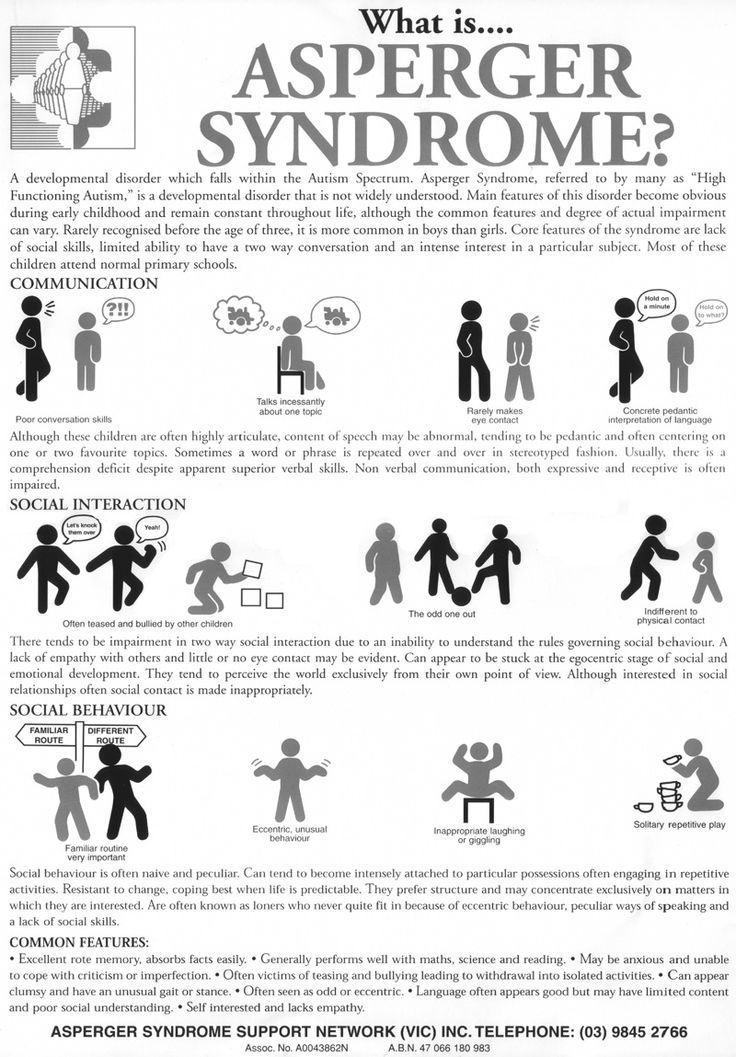 32 841.92] /Contents 233 0R /group> /Tabs /S /StructParents 87 >> endobj 76 0 obj > /ProcSet [/PDF /Text /ImageB /ImageC /ImageI] >> /MediaBox [0 0 595.32 841.92] /Contents 234 0 R /group> /Tabs /S /StructParents 88 >> endobj 77 0 obj > /ProcSet [/PDF /Text /ImageB /ImageC /ImageI] >> /MediaBox[0 0 595.32 841.92] /Contents 235 0R /group> /Tabs /S /StructParents 89 >> endobj 78 0 obj > /ProcSet [/PDF /Text /ImageB /ImageC /ImageI] >> /MediaBox [0 0 595.32 841.92] /Contents 236 0 R /group> /Tabs /S /StructParents 90 >> endobj 79 0 obj > /ProcSet [/PDF /Text /ImageB /ImageC /ImageI] >> /MediaBox [0 0 841.92 595.32] /Contents 237 0R /group> /Tabs /S /StructParents 91 >> endobj 80 0 obj > /ProcSet [/PDF /Text /ImageB /ImageC /ImageI] >> /MediaBox[0 0 841.92 595.32] /Contents 238 0 R /group> /Tabs /S /StructParents 92 >> endobj 81 0 obj > /XObject> /ProcSet [/PDF /Text /ImageB /ImageC /ImageI] >> /MediaBox [0 0 595.32 841.92] /Contents 241 0 R /group> /Tabs /S /StructParents 93 >> endobj 82 0 obj > /XObject> /ProcSet [/PDF /Text /ImageB /ImageC /ImageI] >> /MediaBox [0 0 595.
32 841.92] /Contents 233 0R /group> /Tabs /S /StructParents 87 >> endobj 76 0 obj > /ProcSet [/PDF /Text /ImageB /ImageC /ImageI] >> /MediaBox [0 0 595.32 841.92] /Contents 234 0 R /group> /Tabs /S /StructParents 88 >> endobj 77 0 obj > /ProcSet [/PDF /Text /ImageB /ImageC /ImageI] >> /MediaBox[0 0 595.32 841.92] /Contents 235 0R /group> /Tabs /S /StructParents 89 >> endobj 78 0 obj > /ProcSet [/PDF /Text /ImageB /ImageC /ImageI] >> /MediaBox [0 0 595.32 841.92] /Contents 236 0 R /group> /Tabs /S /StructParents 90 >> endobj 79 0 obj > /ProcSet [/PDF /Text /ImageB /ImageC /ImageI] >> /MediaBox [0 0 841.92 595.32] /Contents 237 0R /group> /Tabs /S /StructParents 91 >> endobj 80 0 obj > /ProcSet [/PDF /Text /ImageB /ImageC /ImageI] >> /MediaBox[0 0 841.92 595.32] /Contents 238 0 R /group> /Tabs /S /StructParents 92 >> endobj 81 0 obj > /XObject> /ProcSet [/PDF /Text /ImageB /ImageC /ImageI] >> /MediaBox [0 0 595.32 841.92] /Contents 241 0 R /group> /Tabs /S /StructParents 93 >> endobj 82 0 obj > /XObject> /ProcSet [/PDF /Text /ImageB /ImageC /ImageI] >> /MediaBox [0 0 595.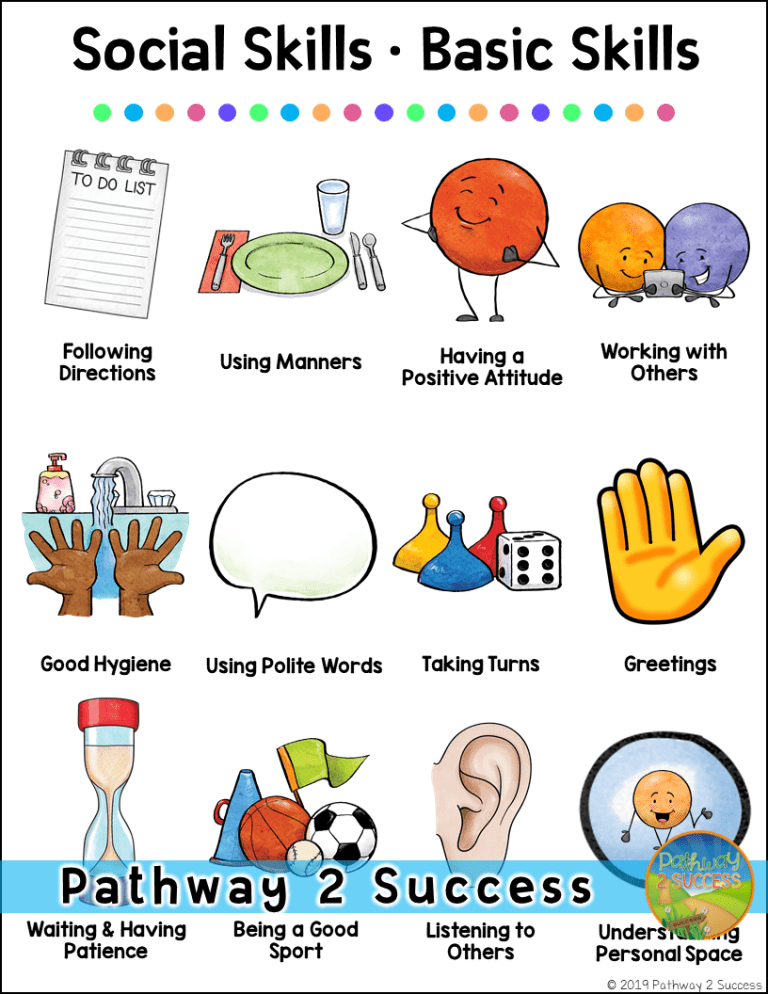 32 841.92] /Contents 245 0 R /group> /Tabs /S /StructParents 94 >> endobj 83 0 obj > /XObject> /ProcSet [/PDF /Text /ImageB /ImageC /ImageI] >> /MediaBox[0 0 595.32 841.92] /Contents 248 0R /group> /Tabs /S /StructParents 95 >> endobj 84 0 obj > /XObject> /ProcSet [/PDF /Text /ImageB /ImageC /ImageI] >> /MediaBox [0 0 595.32 841.92] /Contents 252 0 R /group> /Tabs /S /StructParents 96 >> endobj 85 0 obj > /ProcSet [/PDF /Text /ImageB /ImageC /ImageI] >> /MediaBox [0 0 841.92 595.32] /Contents 253 0 R /group> /Tabs /S /StructParents 97 >> endobj 86 0 obj > /ProcSet [/PDF /Text /ImageB /ImageC /ImageI] >> /MediaBox[0 0 841.92 595.32] /Contents 254 0R /group> /Tabs /S /StructParents 98 >> endobj 87 0 obj > /ProcSet [/PDF /Text /ImageB /ImageC /ImageI] >> /MediaBox [0 0 841.92 595.32] /Contents 255 0 R /group> /Tabs /S /StructParents 99 >> endobj 88 0 obj > /ProcSet [/PDF /Text /ImageB /ImageC /ImageI] >> /MediaBox [0 0 841.92 595.32] /Contents 256 0R /group> /Tabs /S /StructParents 100 >> endobj 89 0 obj > /ProcSet [/PDF /Text /ImageB /ImageC /ImageI] >> /MediaBox[0 0 841.
32 841.92] /Contents 245 0 R /group> /Tabs /S /StructParents 94 >> endobj 83 0 obj > /XObject> /ProcSet [/PDF /Text /ImageB /ImageC /ImageI] >> /MediaBox[0 0 595.32 841.92] /Contents 248 0R /group> /Tabs /S /StructParents 95 >> endobj 84 0 obj > /XObject> /ProcSet [/PDF /Text /ImageB /ImageC /ImageI] >> /MediaBox [0 0 595.32 841.92] /Contents 252 0 R /group> /Tabs /S /StructParents 96 >> endobj 85 0 obj > /ProcSet [/PDF /Text /ImageB /ImageC /ImageI] >> /MediaBox [0 0 841.92 595.32] /Contents 253 0 R /group> /Tabs /S /StructParents 97 >> endobj 86 0 obj > /ProcSet [/PDF /Text /ImageB /ImageC /ImageI] >> /MediaBox[0 0 841.92 595.32] /Contents 254 0R /group> /Tabs /S /StructParents 98 >> endobj 87 0 obj > /ProcSet [/PDF /Text /ImageB /ImageC /ImageI] >> /MediaBox [0 0 841.92 595.32] /Contents 255 0 R /group> /Tabs /S /StructParents 99 >> endobj 88 0 obj > /ProcSet [/PDF /Text /ImageB /ImageC /ImageI] >> /MediaBox [0 0 841.92 595.32] /Contents 256 0R /group> /Tabs /S /StructParents 100 >> endobj 89 0 obj > /ProcSet [/PDF /Text /ImageB /ImageC /ImageI] >> /MediaBox[0 0 841.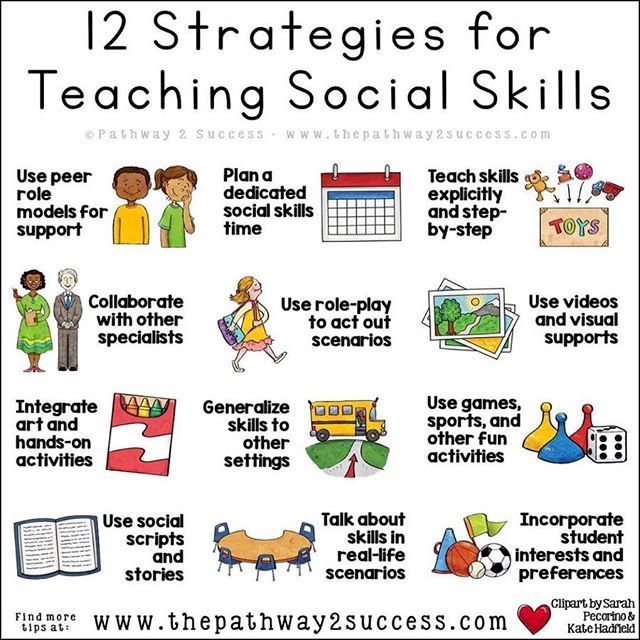 92 595.32] /Contents 257 0R /group> /Tabs /S /StructParents 101 >> endobj 90 0 obj > /ProcSet [/PDF /Text /ImageB /ImageC /ImageI] >> /MediaBox [0 0 841.92 595.32] /Contents 258 0 R /group> /Tabs /S /StructParents 102 >> endobj 91 0 obj > /ProcSet [/PDF /Text /ImageB /ImageC /ImageI] >> /MediaBox [0 0 841.92 595.32] /Contents 259 0 R /group> /Tabs /S /StructParents 103 >> endobj 92 0 obj > /ProcSet [/PDF /Text /ImageB /ImageC /ImageI] >> /MediaBox[0 0 841.92 595.32] /Contents 260 0 R /group> /Tabs /S /StructParents 104 >> endobj 93 0 obj > /ProcSet [/PDF /Text /ImageB /ImageC /ImageI] >> /MediaBox [0 0 841.92 595.32] /Contents 261 0 R /group> /Tabs /S /StructParents 105 >> endobj 94 0 obj > /ProcSet [/PDF /Text /ImageB /ImageC /ImageI] >> /MediaBox [0 0 841.92 595.32] /Contents 262 0 R /group> /Tabs /S /StructParents 106 >> endobj 95 0 obj > /ProcSet [/PDF /Text /ImageB /ImageC /ImageI] >> /MediaBox[0 0 841.92 595.32] /Contents 263 0 R /group> /Tabs /S /StructParents 107 >> endobj 96 0 obj > /ProcSet [/PDF /Text /ImageB /ImageC /ImageI] >> /MediaBox [0 0 841.
92 595.32] /Contents 257 0R /group> /Tabs /S /StructParents 101 >> endobj 90 0 obj > /ProcSet [/PDF /Text /ImageB /ImageC /ImageI] >> /MediaBox [0 0 841.92 595.32] /Contents 258 0 R /group> /Tabs /S /StructParents 102 >> endobj 91 0 obj > /ProcSet [/PDF /Text /ImageB /ImageC /ImageI] >> /MediaBox [0 0 841.92 595.32] /Contents 259 0 R /group> /Tabs /S /StructParents 103 >> endobj 92 0 obj > /ProcSet [/PDF /Text /ImageB /ImageC /ImageI] >> /MediaBox[0 0 841.92 595.32] /Contents 260 0 R /group> /Tabs /S /StructParents 104 >> endobj 93 0 obj > /ProcSet [/PDF /Text /ImageB /ImageC /ImageI] >> /MediaBox [0 0 841.92 595.32] /Contents 261 0 R /group> /Tabs /S /StructParents 105 >> endobj 94 0 obj > /ProcSet [/PDF /Text /ImageB /ImageC /ImageI] >> /MediaBox [0 0 841.92 595.32] /Contents 262 0 R /group> /Tabs /S /StructParents 106 >> endobj 95 0 obj > /ProcSet [/PDF /Text /ImageB /ImageC /ImageI] >> /MediaBox[0 0 841.92 595.32] /Contents 263 0 R /group> /Tabs /S /StructParents 107 >> endobj 96 0 obj > /ProcSet [/PDF /Text /ImageB /ImageC /ImageI] >> /MediaBox [0 0 841.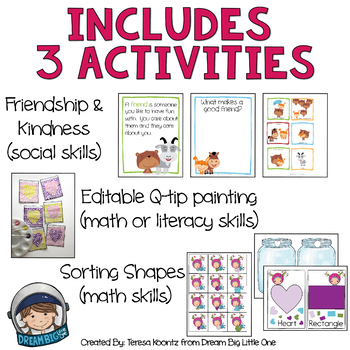 92 595.32] /Contents 264 0 R /group> /Tabs /S /StructParents 108 >> endobj 97 0 obj > /ProcSet [/PDF /Text /ImageB /ImageC /ImageI] >> /MediaBox [0 0 841.92 595.32] /Contents 265 0 R /group> /Tabs /S /StructParents 109 >> endobj 98 0 obj > /ProcSet [/PDF /Text /ImageB /ImageC /ImageI] >> /MediaBox[0 0 841.92 595.32] /Contents 266 0 R /group> /Tabs /S /StructParents 110 >> endobj 99 0 obj > /ProcSet [/PDF /Text /ImageB /ImageC /ImageI] >> /MediaBox [0 0 595.32 841.92] /Contents 267 0R /group> /Tabs /S /StructParents 111 >> endobj 100 0 obj > /ProcSet [/PDF /Text /ImageB /ImageC /ImageI] >> /MediaBox [0 0 595.32 841.92] /Contents 268 0 R /group> /Tabs /S /StructParents 112 >> endobj 101 0 obj > /ProcSet [/PDF /Text /ImageB /ImageC /ImageI] >> /MediaBox[0 0 595.32 841.92] /Contents 269 0 R /group> /Tabs /S /StructParents 113 >> endobj 102 0 obj > /ProcSet [/PDF /Text /ImageB /ImageC /ImageI] >> /MediaBox [0 0 595.32 841.92] /Contents 270 0 R /group> /Tabs /S /StructParents 114 >> endobj 103 0 obj > /ProcSet [/PDF /Text /ImageB /ImageC /ImageI] >> /MediaBox [0 0 595.
92 595.32] /Contents 264 0 R /group> /Tabs /S /StructParents 108 >> endobj 97 0 obj > /ProcSet [/PDF /Text /ImageB /ImageC /ImageI] >> /MediaBox [0 0 841.92 595.32] /Contents 265 0 R /group> /Tabs /S /StructParents 109 >> endobj 98 0 obj > /ProcSet [/PDF /Text /ImageB /ImageC /ImageI] >> /MediaBox[0 0 841.92 595.32] /Contents 266 0 R /group> /Tabs /S /StructParents 110 >> endobj 99 0 obj > /ProcSet [/PDF /Text /ImageB /ImageC /ImageI] >> /MediaBox [0 0 595.32 841.92] /Contents 267 0R /group> /Tabs /S /StructParents 111 >> endobj 100 0 obj > /ProcSet [/PDF /Text /ImageB /ImageC /ImageI] >> /MediaBox [0 0 595.32 841.92] /Contents 268 0 R /group> /Tabs /S /StructParents 112 >> endobj 101 0 obj > /ProcSet [/PDF /Text /ImageB /ImageC /ImageI] >> /MediaBox[0 0 595.32 841.92] /Contents 269 0 R /group> /Tabs /S /StructParents 113 >> endobj 102 0 obj > /ProcSet [/PDF /Text /ImageB /ImageC /ImageI] >> /MediaBox [0 0 595.32 841.92] /Contents 270 0 R /group> /Tabs /S /StructParents 114 >> endobj 103 0 obj > /ProcSet [/PDF /Text /ImageB /ImageC /ImageI] >> /MediaBox [0 0 595.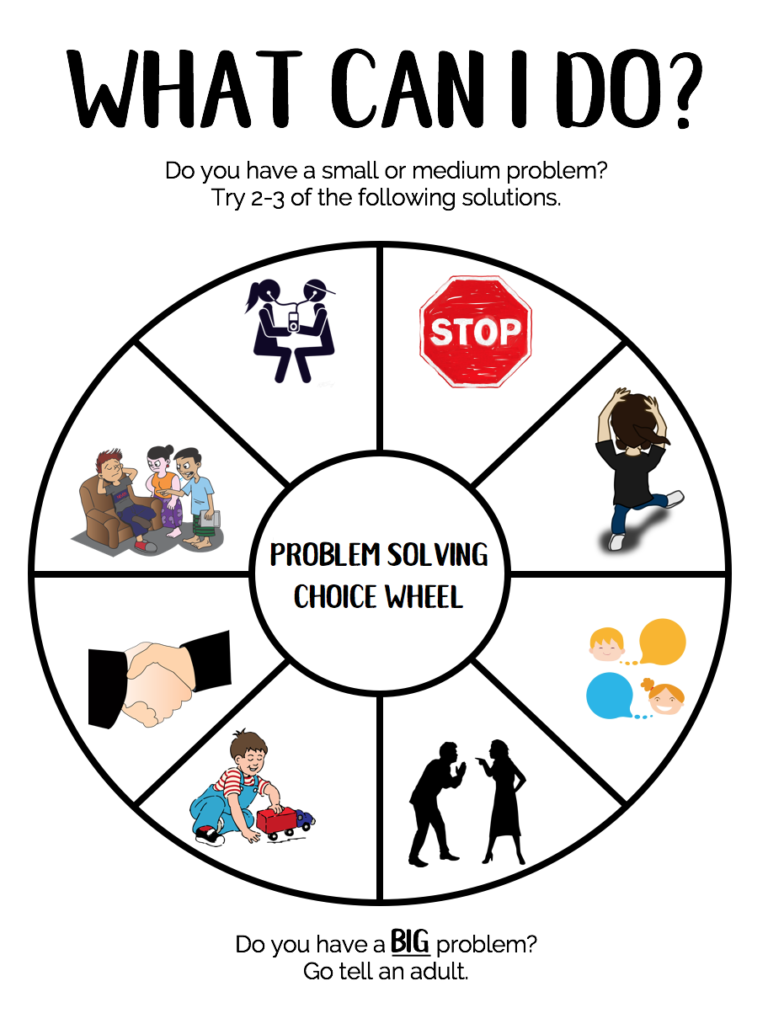 32 841.92] /Contents 271 0 R /group> /Tabs /S /StructParents 115 >> endobj 104 0 obj > /ProcSet [/PDF /Text /ImageB /ImageC /ImageI] >> /MediaBox[0 0 595.32 841.92] /Contents 272 0 R /group> /Tabs /S /StructParents 116 >> endobj 105 0 obj > /ProcSet [/PDF /Text /ImageB /ImageC /ImageI] >> /MediaBox [0 0 595.32 841.92] /Contents 273 0 R /group> /Tabs /S /StructParents 117 >> endobj 106 0 obj > /ProcSet [/PDF /Text /ImageB /ImageC /ImageI] >> /MediaBox [0 0 595.32 841.92] /Contents 276 0 R /group> /Tabs /S /StructParents 118 >> endobj 107 0 obj > /ProcSet [/PDF /Text /ImageB /ImageC /ImageI] >> /MediaBox[0 0 595.32 841.92] /Contents 277 0 R /group> /Tabs /S /StructParents 119 >> endobj 108 0 obj > /ProcSet [/PDF /Text /ImageB /ImageC /ImageI] >> /MediaBox [0 0 595.32 841.92] /Contents 278 0 R /group> /Tabs /S /StructParents 120 >> endobj 109 0 obj > /ProcSet [/PDF /Text /ImageB /ImageC /ImageI] >> /MediaBox [0 0 595.32 841.92] /Contents 280 0 R /group> /Tabs /S /StructParents 121 >> endobj 110 0 obj > /ProcSet [/PDF /Text /ImageB /ImageC /ImageI] >> /MediaBox[0 0 595.
32 841.92] /Contents 271 0 R /group> /Tabs /S /StructParents 115 >> endobj 104 0 obj > /ProcSet [/PDF /Text /ImageB /ImageC /ImageI] >> /MediaBox[0 0 595.32 841.92] /Contents 272 0 R /group> /Tabs /S /StructParents 116 >> endobj 105 0 obj > /ProcSet [/PDF /Text /ImageB /ImageC /ImageI] >> /MediaBox [0 0 595.32 841.92] /Contents 273 0 R /group> /Tabs /S /StructParents 117 >> endobj 106 0 obj > /ProcSet [/PDF /Text /ImageB /ImageC /ImageI] >> /MediaBox [0 0 595.32 841.92] /Contents 276 0 R /group> /Tabs /S /StructParents 118 >> endobj 107 0 obj > /ProcSet [/PDF /Text /ImageB /ImageC /ImageI] >> /MediaBox[0 0 595.32 841.92] /Contents 277 0 R /group> /Tabs /S /StructParents 119 >> endobj 108 0 obj > /ProcSet [/PDF /Text /ImageB /ImageC /ImageI] >> /MediaBox [0 0 595.32 841.92] /Contents 278 0 R /group> /Tabs /S /StructParents 120 >> endobj 109 0 obj > /ProcSet [/PDF /Text /ImageB /ImageC /ImageI] >> /MediaBox [0 0 595.32 841.92] /Contents 280 0 R /group> /Tabs /S /StructParents 121 >> endobj 110 0 obj > /ProcSet [/PDF /Text /ImageB /ImageC /ImageI] >> /MediaBox[0 0 595.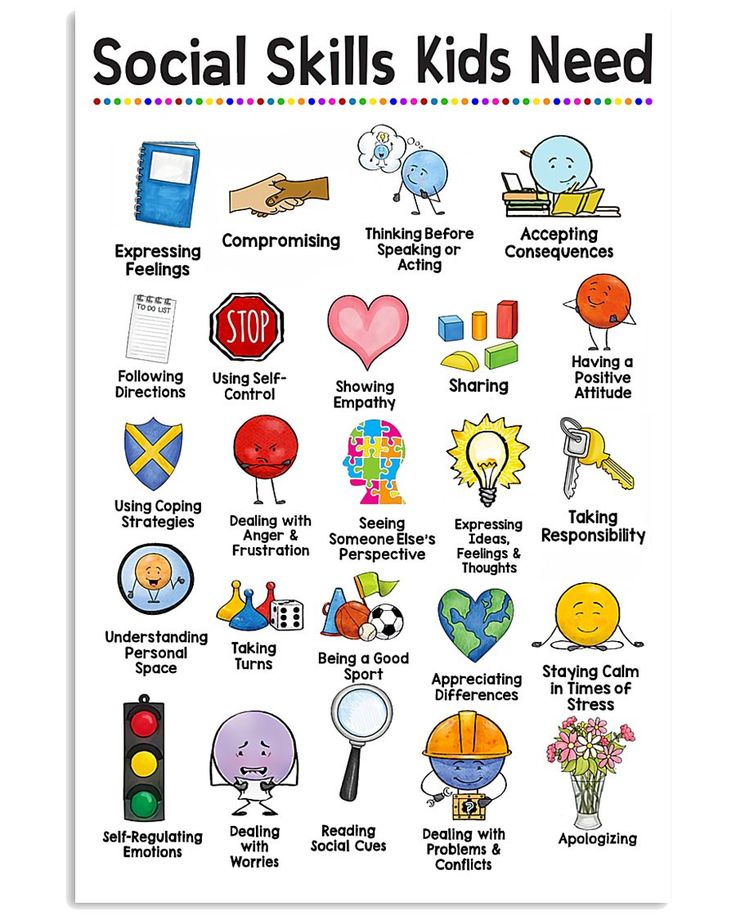 32 841.92] /Contents 281 0 R /group> /Tabs /S /StructParents 122 >> endobj 111 0 obj > /ProcSet [/PDF /Text /ImageB /ImageC /ImageI] >> /MediaBox [0 0 595.32 841.92] /Contents 282 0 R /group> /Tabs /S /StructParents 123 >> endobj 112 0 obj > /ProcSet [/PDF /Text /ImageB /ImageC /ImageI] >> /MediaBox [0 0 595.32 841.92] /Contents 283 0 R /group> /Tabs /S /StructParents 124 >> endobj 113 0 obj > /ProcSet [/PDF /Text /ImageB /ImageC /ImageI] >> /MediaBox[0 0 595.32 841.92] /Contents 284 0 R /group> /Tabs /S /StructParents 125 >> endobj 114 0 obj > /ProcSet [/PDF /Text /ImageB /ImageC /ImageI] >> /MediaBox [0 0 841.92 595.32] /Contents 285 0 R /group> /Tabs /S /StructParents 126 >> endobj 115 0 obj > /ProcSet [/PDF /Text /ImageB /ImageC /ImageI] >> /MediaBox [0 0 841.92 595.32] /Contents 286 0 R /group> /Tabs /S /StructParents 127 >> endobj 116 0 obj > /XObject> /ProcSet [/PDF /Text /ImageB /ImageC /ImageI] >> /MediaBox[0 0 595.32 841.92] /Contents 289 0 R /group> /Tabs /S /StructParents 128 >> endobj 117 0 obj > /XObject> /ProcSet [/PDF /Text /ImageB /ImageC /ImageI] >> /MediaBox [0 0 595.
32 841.92] /Contents 281 0 R /group> /Tabs /S /StructParents 122 >> endobj 111 0 obj > /ProcSet [/PDF /Text /ImageB /ImageC /ImageI] >> /MediaBox [0 0 595.32 841.92] /Contents 282 0 R /group> /Tabs /S /StructParents 123 >> endobj 112 0 obj > /ProcSet [/PDF /Text /ImageB /ImageC /ImageI] >> /MediaBox [0 0 595.32 841.92] /Contents 283 0 R /group> /Tabs /S /StructParents 124 >> endobj 113 0 obj > /ProcSet [/PDF /Text /ImageB /ImageC /ImageI] >> /MediaBox[0 0 595.32 841.92] /Contents 284 0 R /group> /Tabs /S /StructParents 125 >> endobj 114 0 obj > /ProcSet [/PDF /Text /ImageB /ImageC /ImageI] >> /MediaBox [0 0 841.92 595.32] /Contents 285 0 R /group> /Tabs /S /StructParents 126 >> endobj 115 0 obj > /ProcSet [/PDF /Text /ImageB /ImageC /ImageI] >> /MediaBox [0 0 841.92 595.32] /Contents 286 0 R /group> /Tabs /S /StructParents 127 >> endobj 116 0 obj > /XObject> /ProcSet [/PDF /Text /ImageB /ImageC /ImageI] >> /MediaBox[0 0 595.32 841.92] /Contents 289 0 R /group> /Tabs /S /StructParents 128 >> endobj 117 0 obj > /XObject> /ProcSet [/PDF /Text /ImageB /ImageC /ImageI] >> /MediaBox [0 0 595.